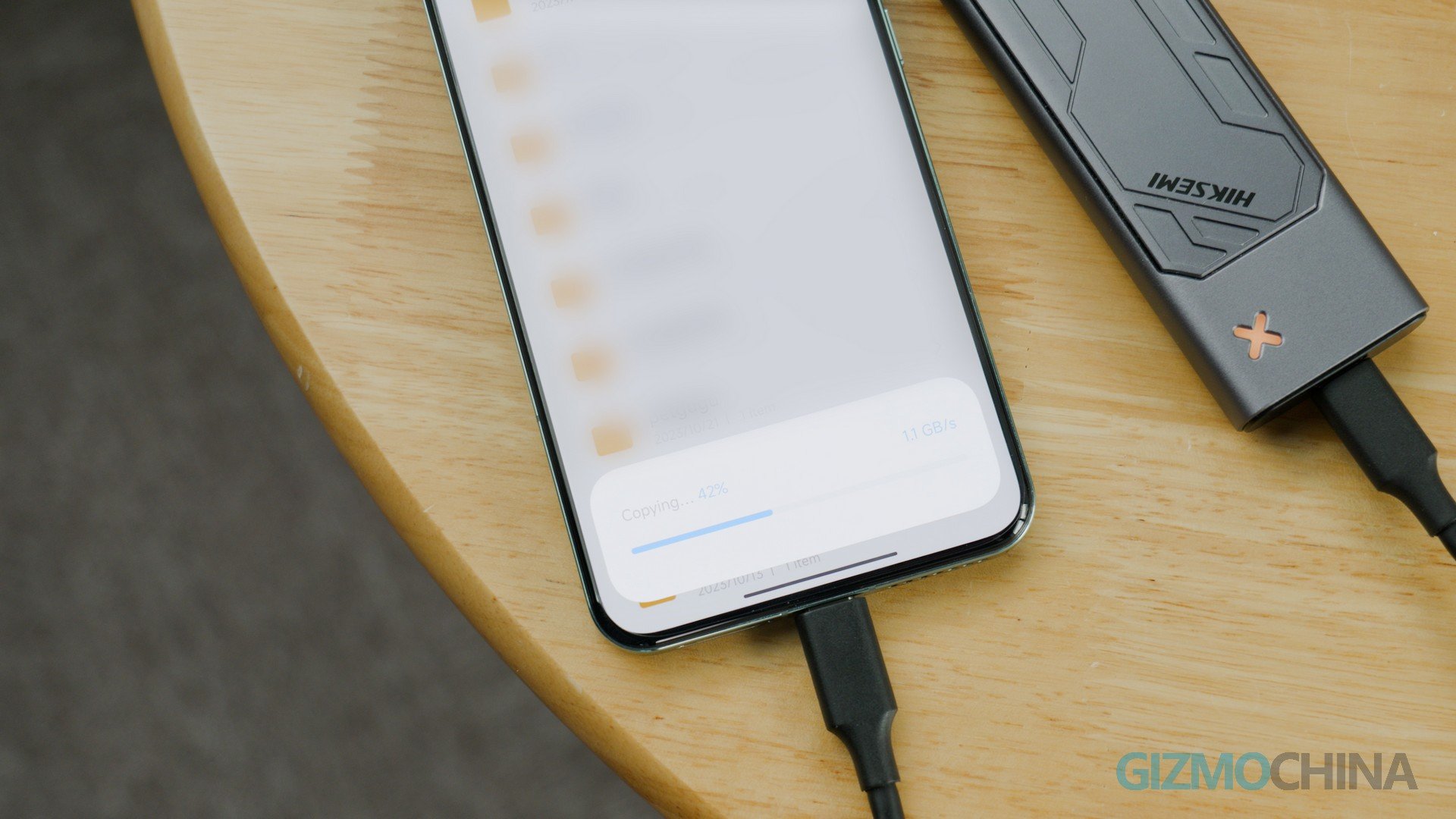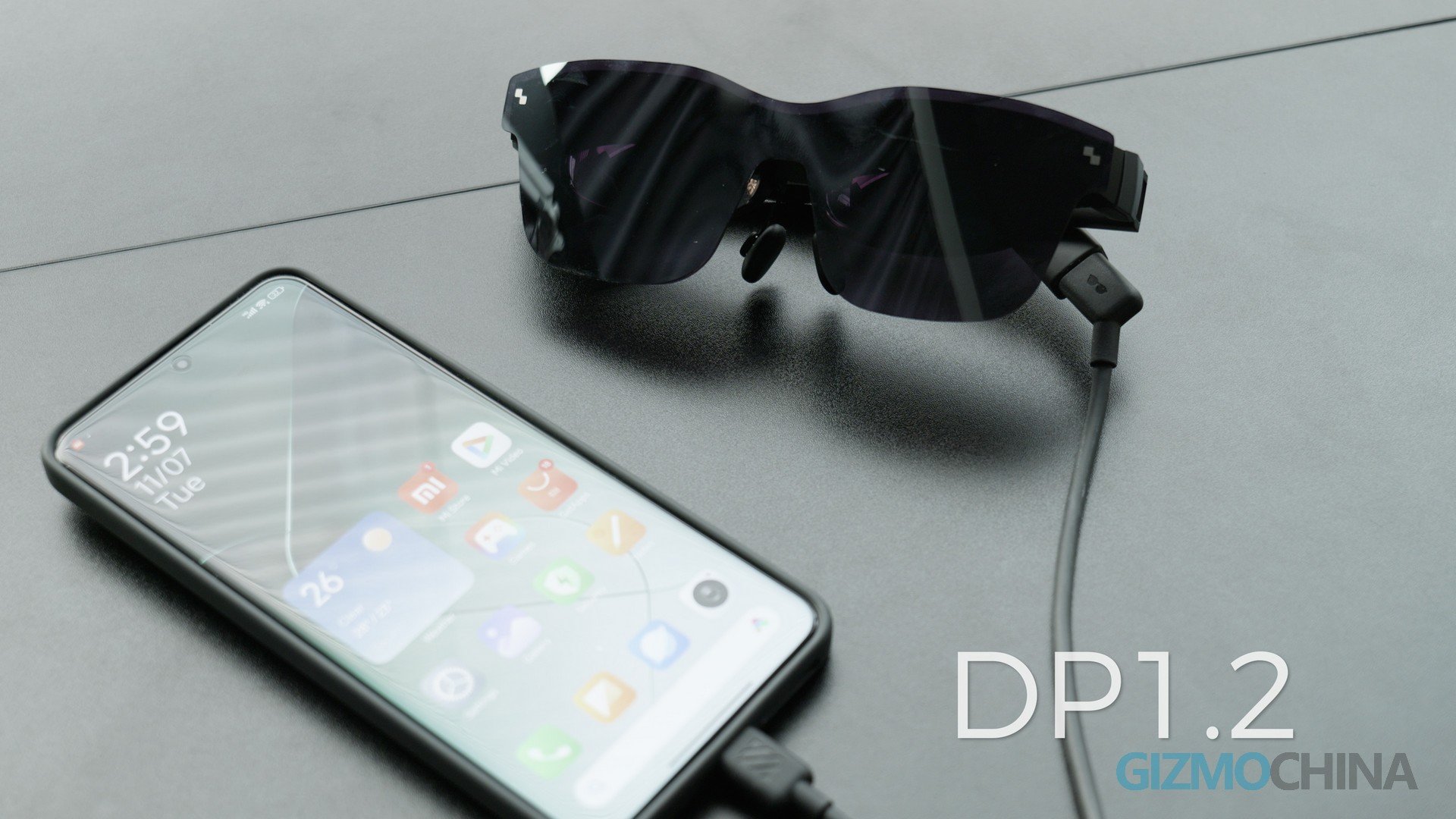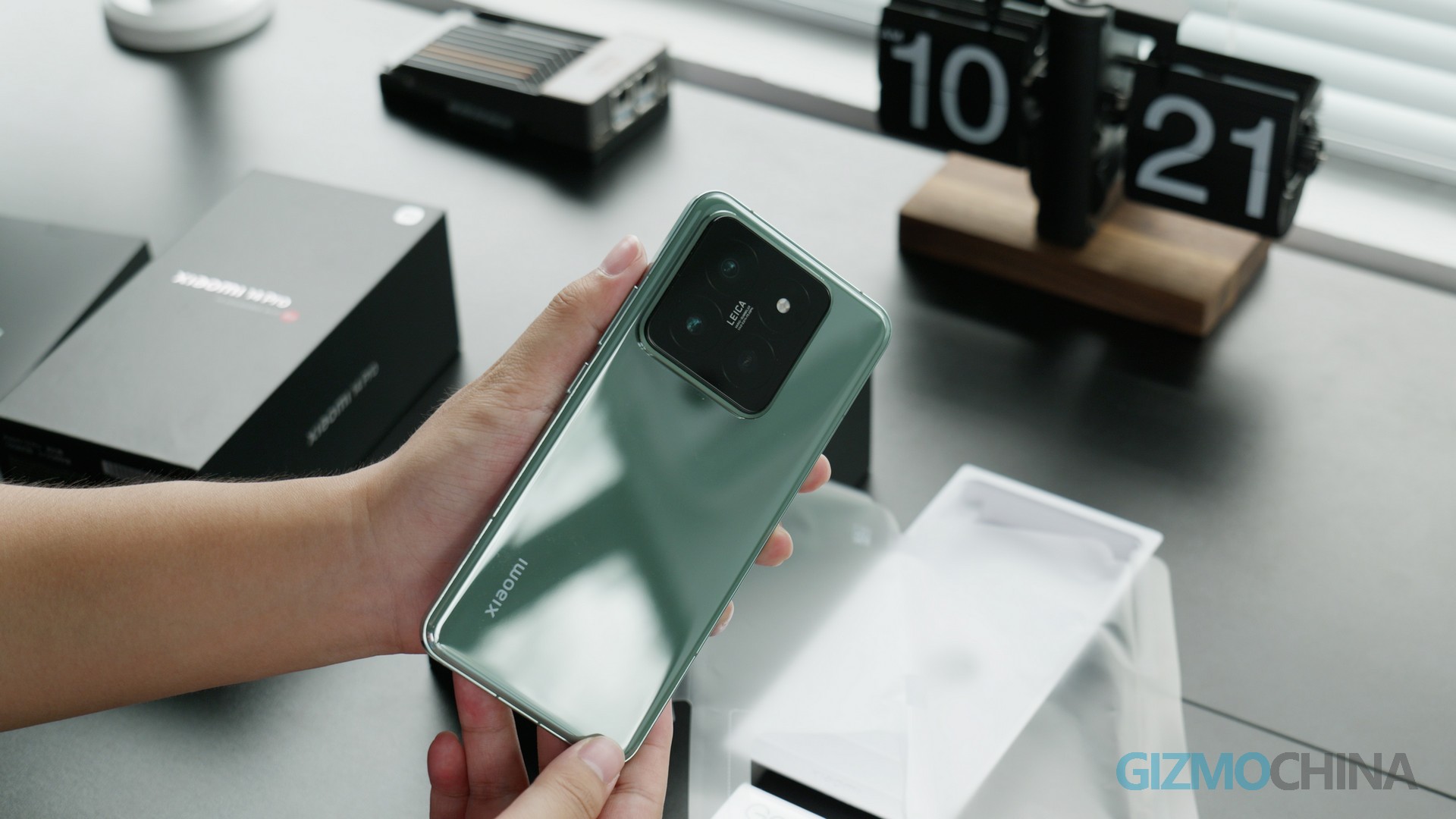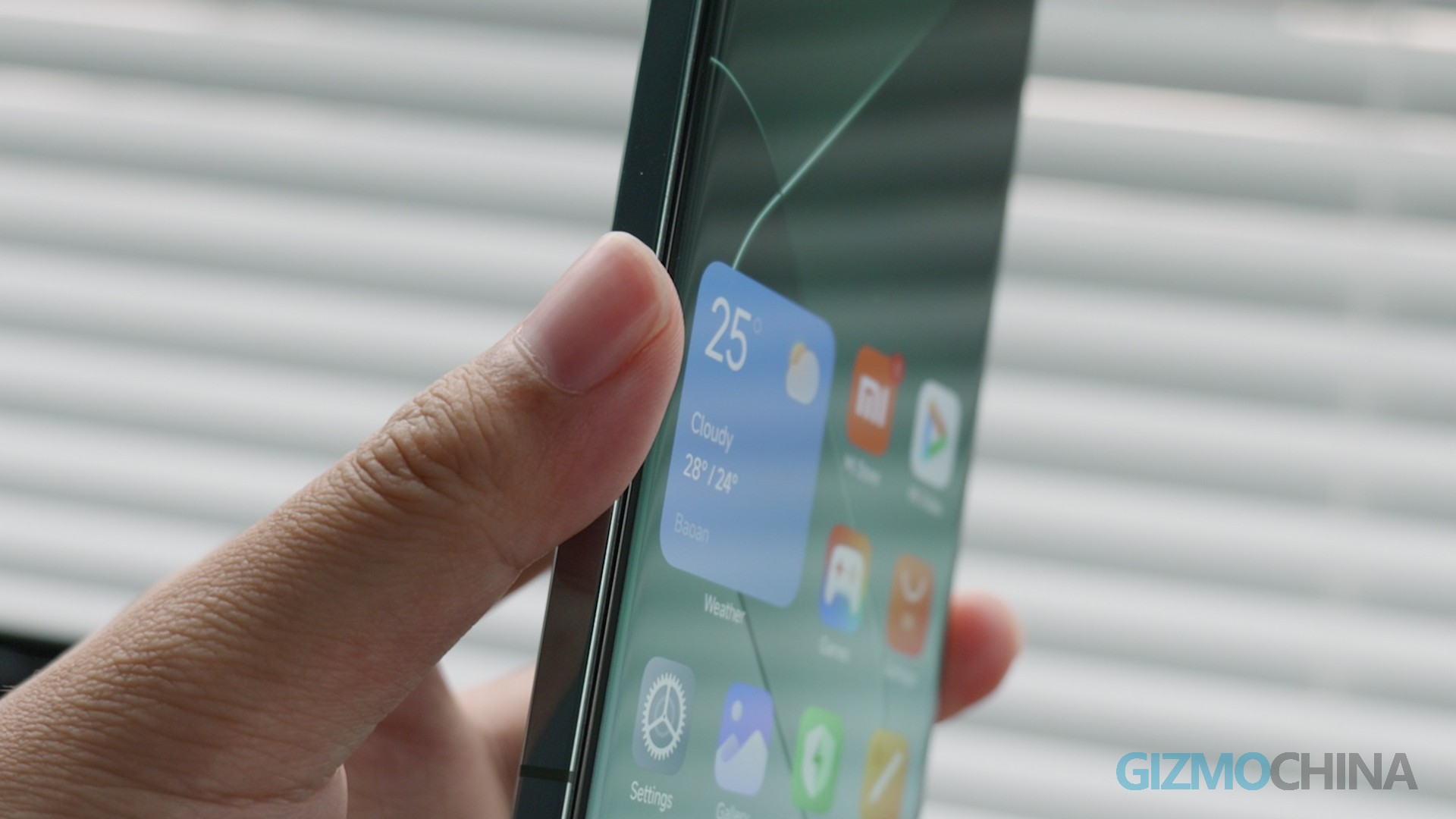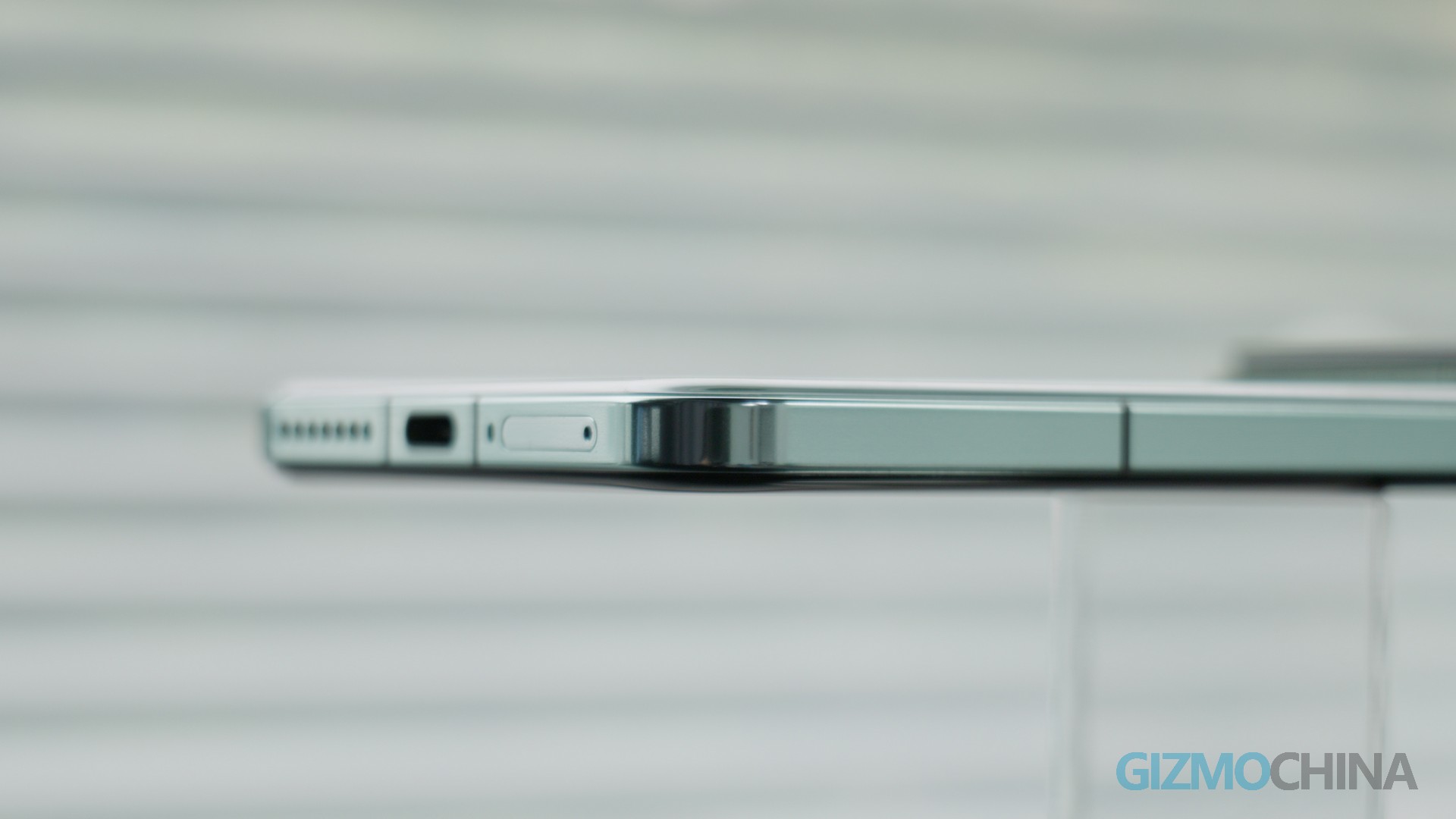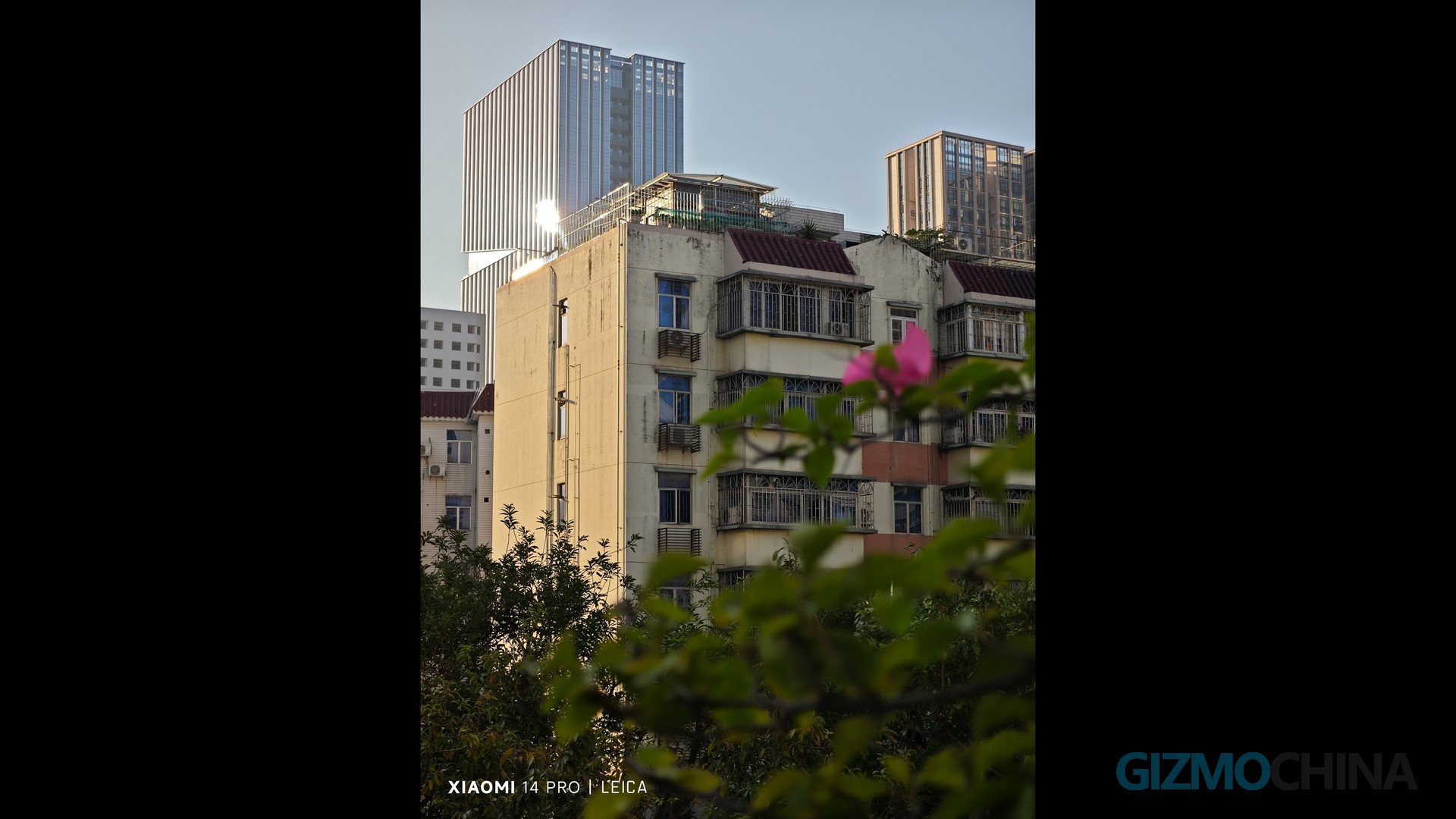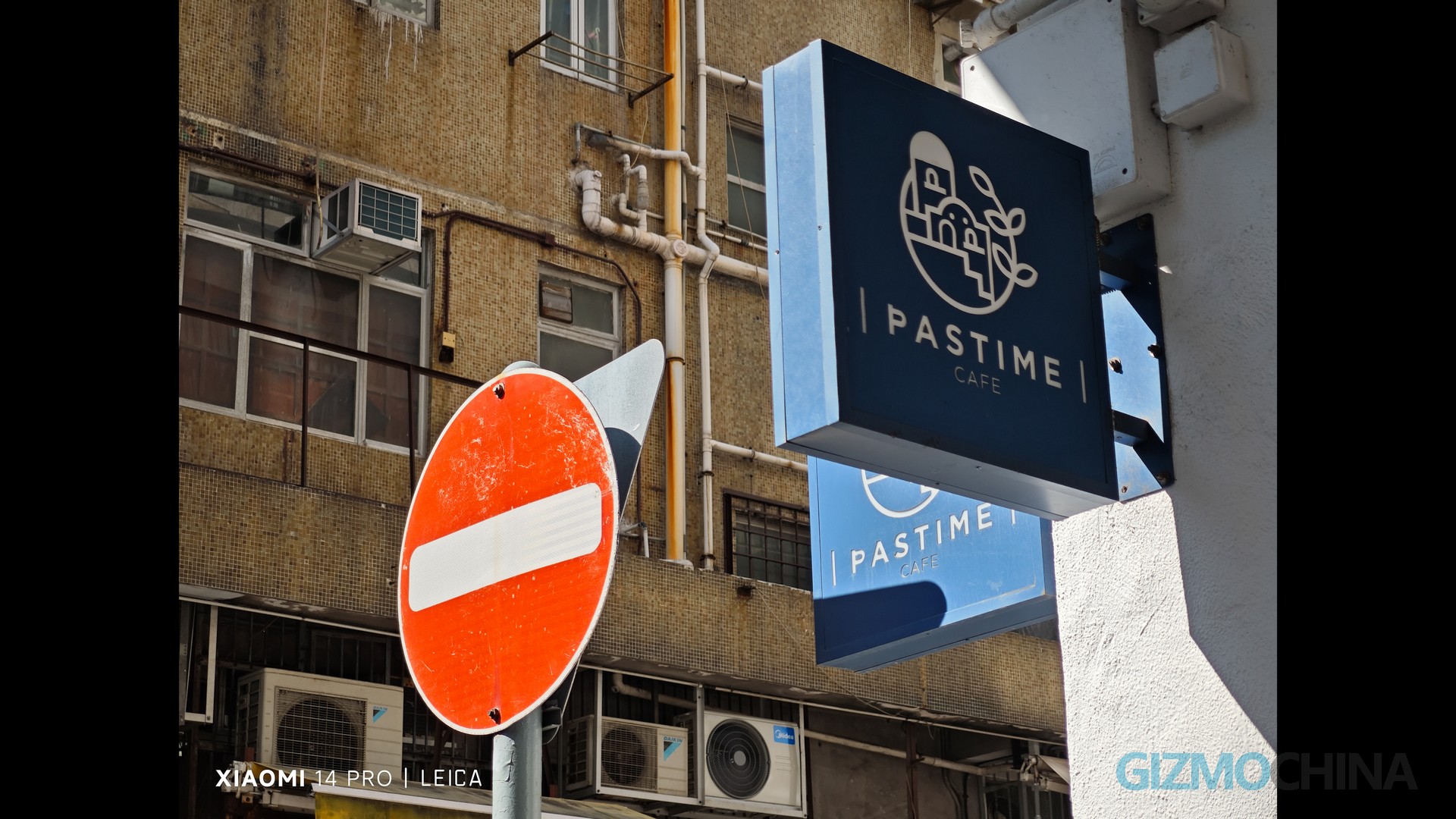Let’s start with the conclusion, I actually don’t like the Xiaomi 14 pro that much compared to the 14, the Xiaomi 14 series isn’t as hierarchical as the 13 series, and compared to the Xiaomi 14, the 14 Pro isn’t as Pro. I think it’s just an option that Xiaomi gives to the big screen lovers. Xiaomi 14 Plus might be more appropriate than being named as Xiaomi 14 pro.
Unbox
In terms of packaging, the 14 Pro comes in a black box with the red Leica logo standing out on top. Aside from the phone itself, there is a very nice case inside the package, as well as a 120w charger.
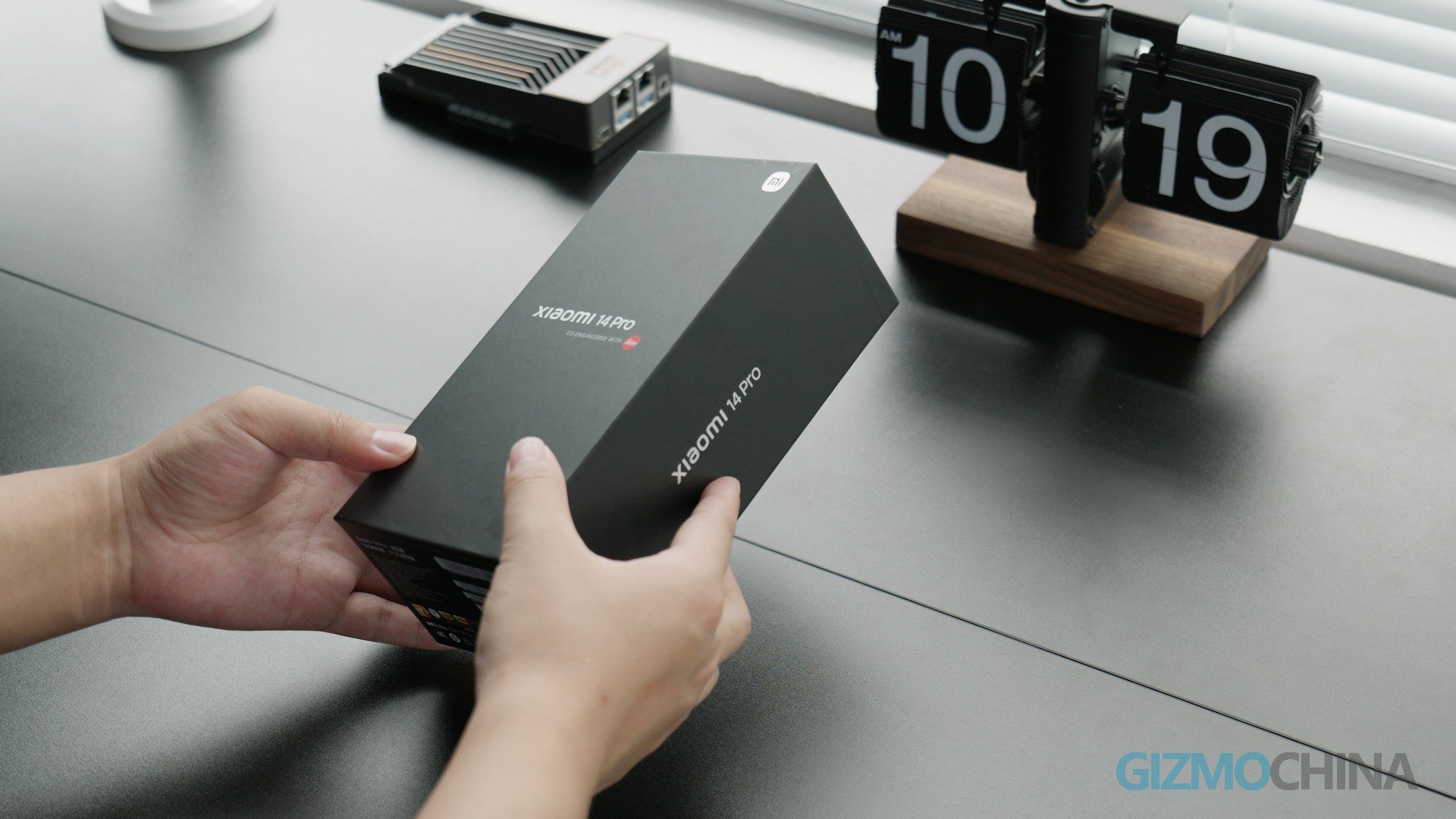
and finally, like I said in the unboxing video, Xiaomi finally supports USB 3.2 data transfer, with the 14 Pro supporting 10 Gbps, and the 14 supporting 5 Gbps. sounds good right? But the cable included in the package STILL only supports USB2.0.(show hand) . I also tested it with a hard drive connected, and in the case of copying a single large file, it was able to reach 800 MB/s. Not bad at all. Surprisingly, the type-C ports on the Xiaomi 14 series all support 4k 60 FPS video output.
Design
In terms of design, we got the cyan colorway, compared to the previous gen, the color is more intense and more recognizable, of course, it is easy to attract fingerprints, so it would be a better choice to use a case when using the phone.
At the first glance on the front part of the screen, most people will think this is a straight screen phone, but in fact there are tiny and equalized curvature on all sides of the screen. When you look at the corners closely, you will find a rounded arc, at the same time, due to the extremely small bezel, the screen is like floating on the glass. When you focus on the frame, the curvature consistency at the front and back reveals itself, which is very nice to look at. I would give the Xiaomi 14pro a high score on the front design.
But when it comes to the back design, even after a week of use, I still find the back design very mediocre this time around, and I even find it to be rather bulky when looking at the back of the phone from certain angles.
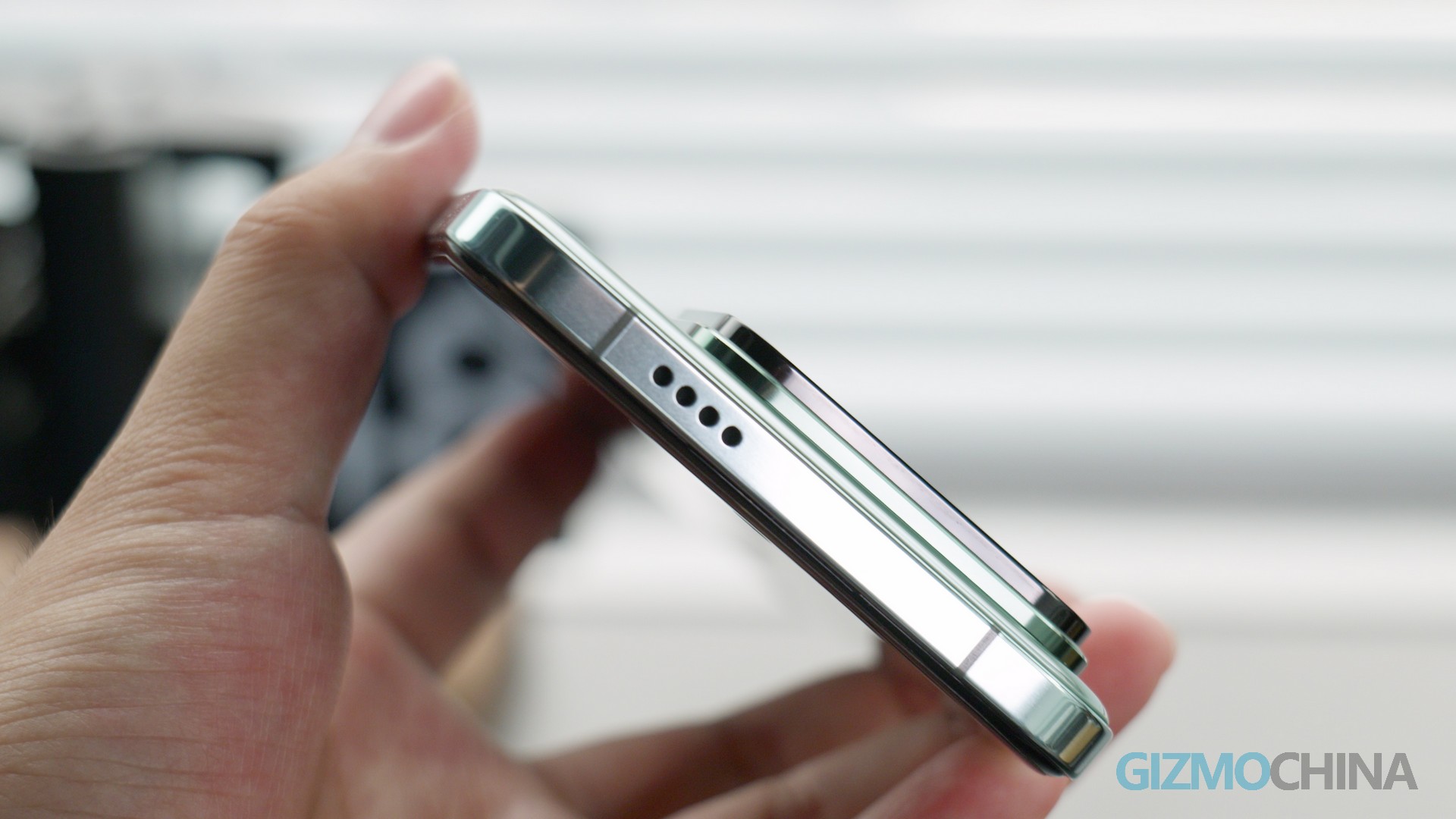
The huge camera bump, the vertical Leica logo, and as for the Clous de Paris texture, it’s very strange to use this kind of treatment on a phone with a rounded design. Some may say this is a legacy from the design language of the Xiaomi 13 series, but I’d say to me it’s a design full of compromises, like forcing your feet into shoes that don’t fit.
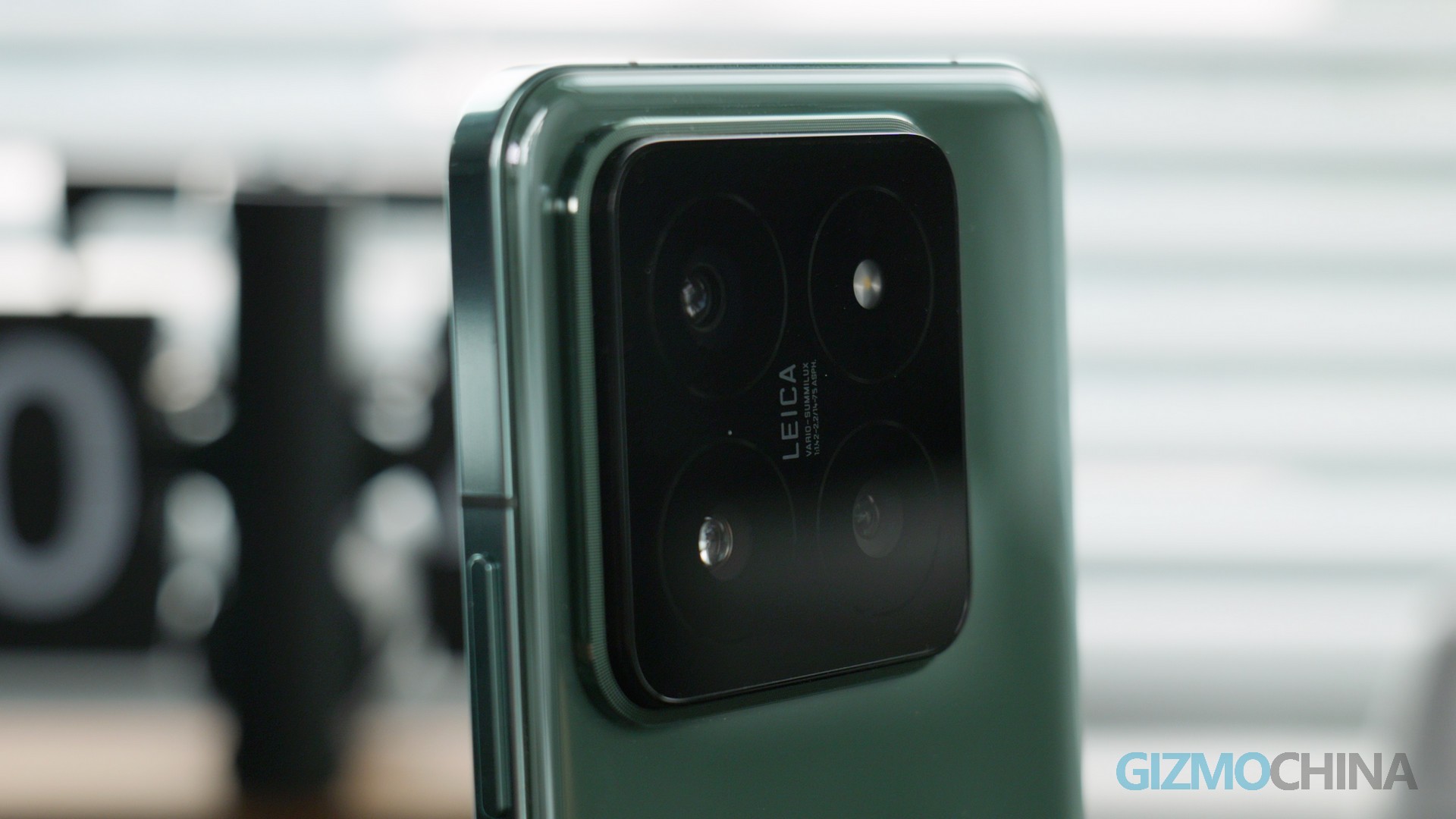
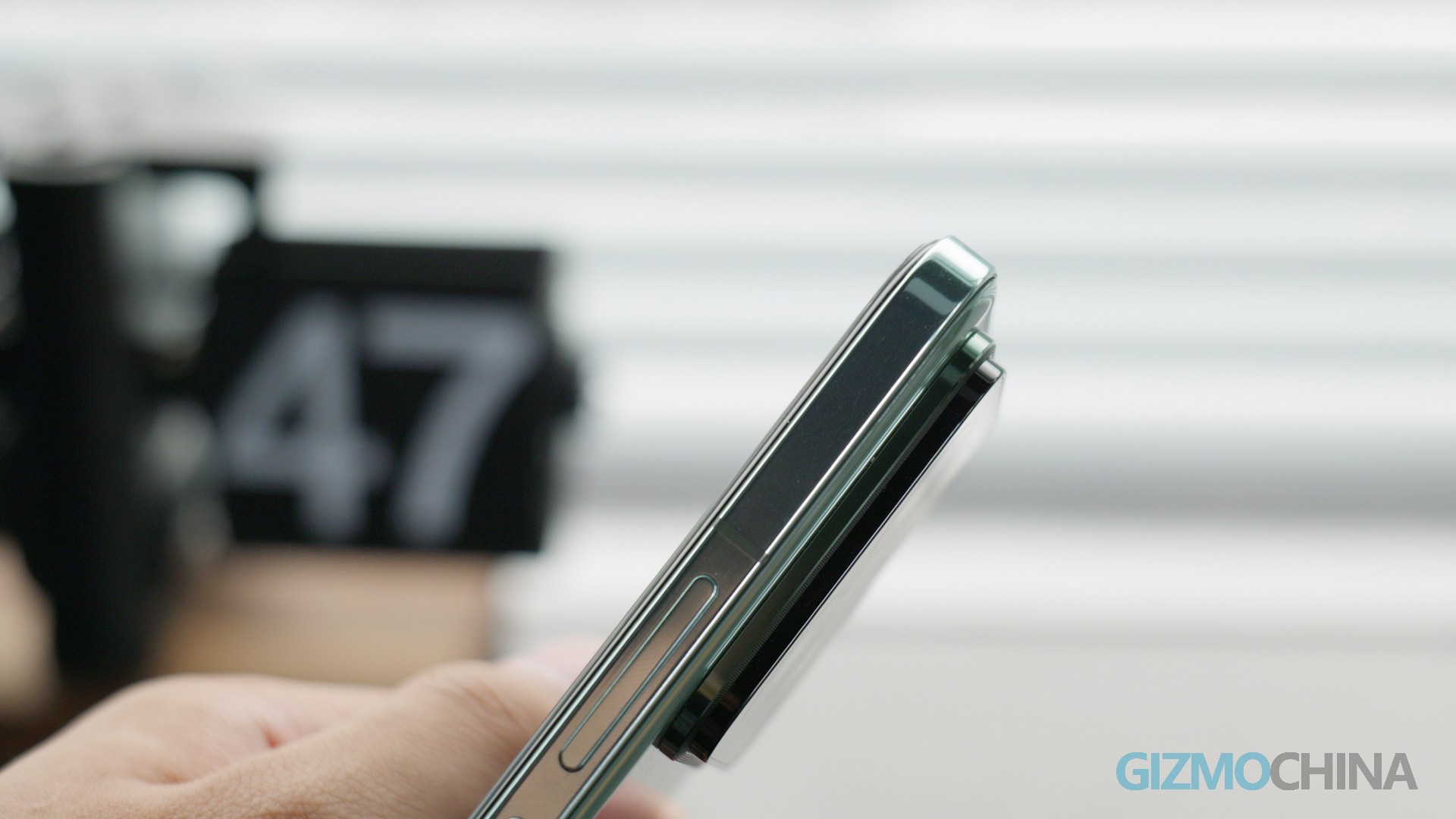
Lastly, it’s worth mentioning that the Xiaomi 14 pro uses Dragon Crystal Glass, which is really strong according to some tests within China. Take this picture as an example, the metal frame is shattered but the screen is still unharmed. It’s a bit of an exaggeration, but it can prove that Dragon Crystal Glass is not a publicity gimmick.
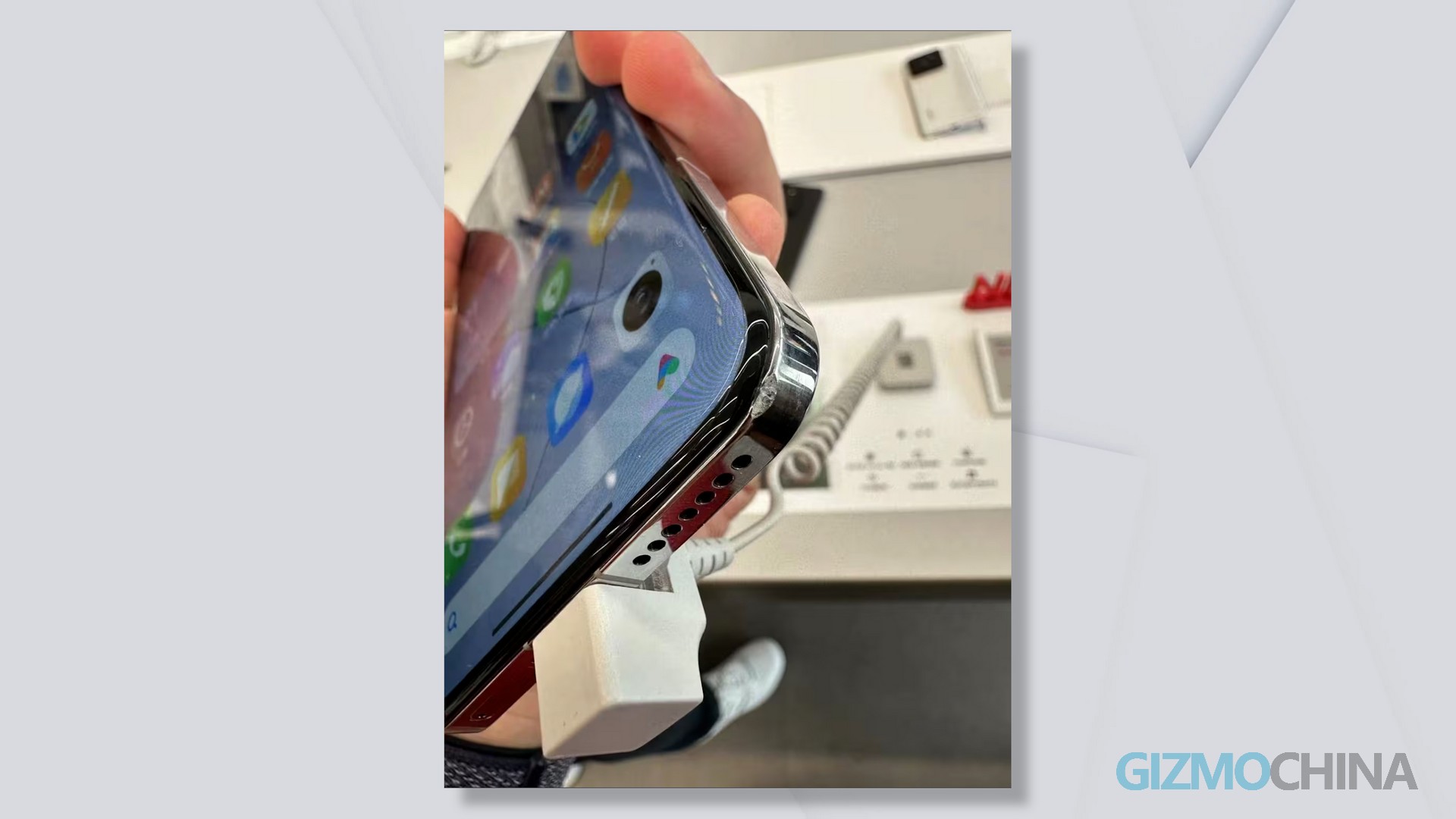
Perfoemance
Snapdragon 8 Gen 3 is by far the best phone chip. Yes, better than the A17 Pro. I didn’t expect 8 Gen 3 to improve so much when last year’s 8 Gen 2 was already so strong. Let’s start with its architecture. Not only is the CPU getting a frequency bump this time, but it’s also swapping out a small core for another big one. The powerful GPU has been further increased in frequency and size. The chip is made by TSMC N4P, so there shouldn’t be thermal issues.
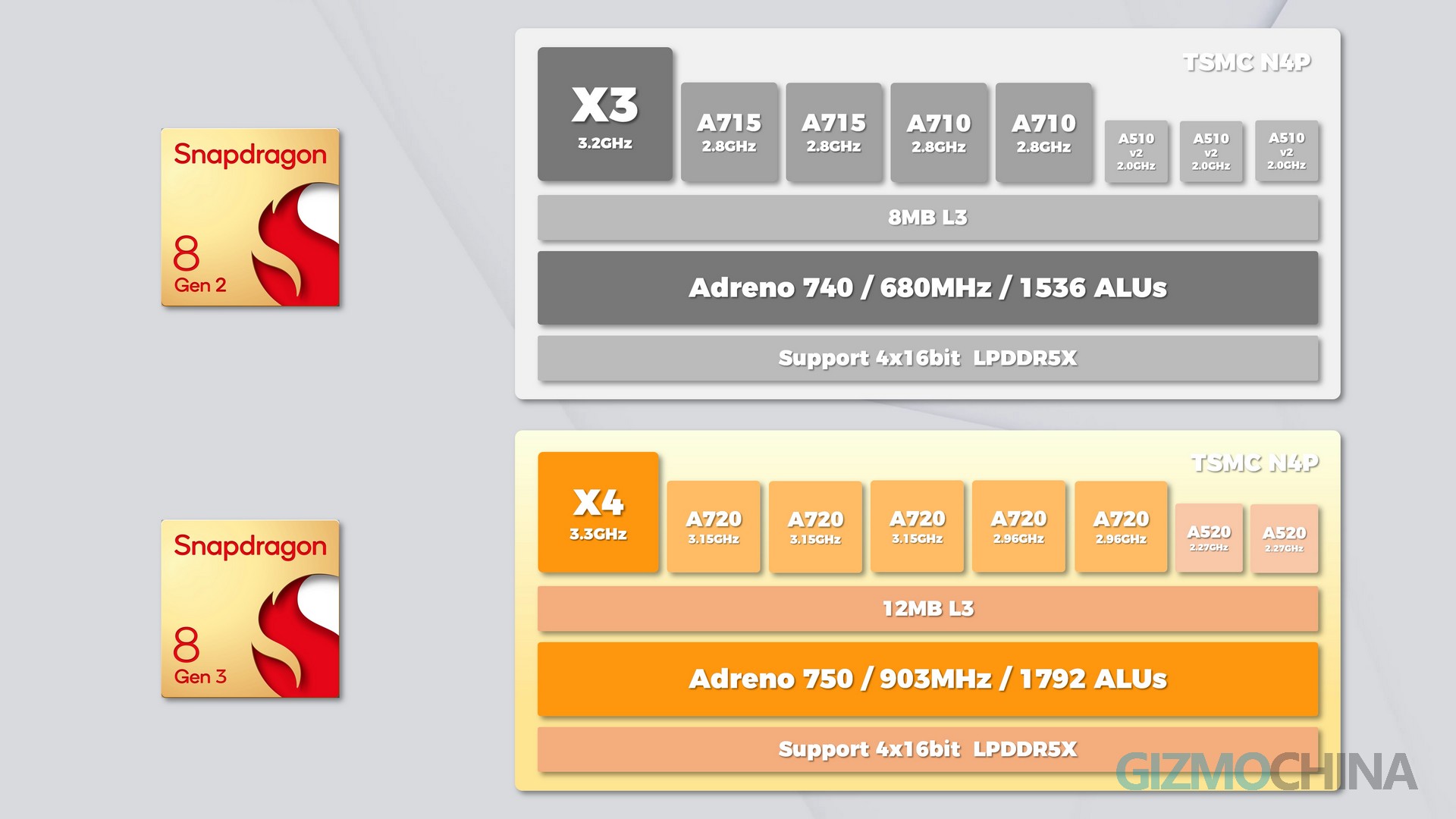
Okay, when it comes to the benchmark session, you can clearly see that the 8 Gen 3 beat up the other chips in terms of multi-core scores, there are still some gaps in the single core performance compared to the A17 Pro, but overall I think 8 Gen 3 is on par with A17 Pro in CPU performance. Let’s get to the next page. WOW, still the one with the highest score and much lower power consumption than the A17 Pro. Stability doesn’t seem to be much of an issue either.
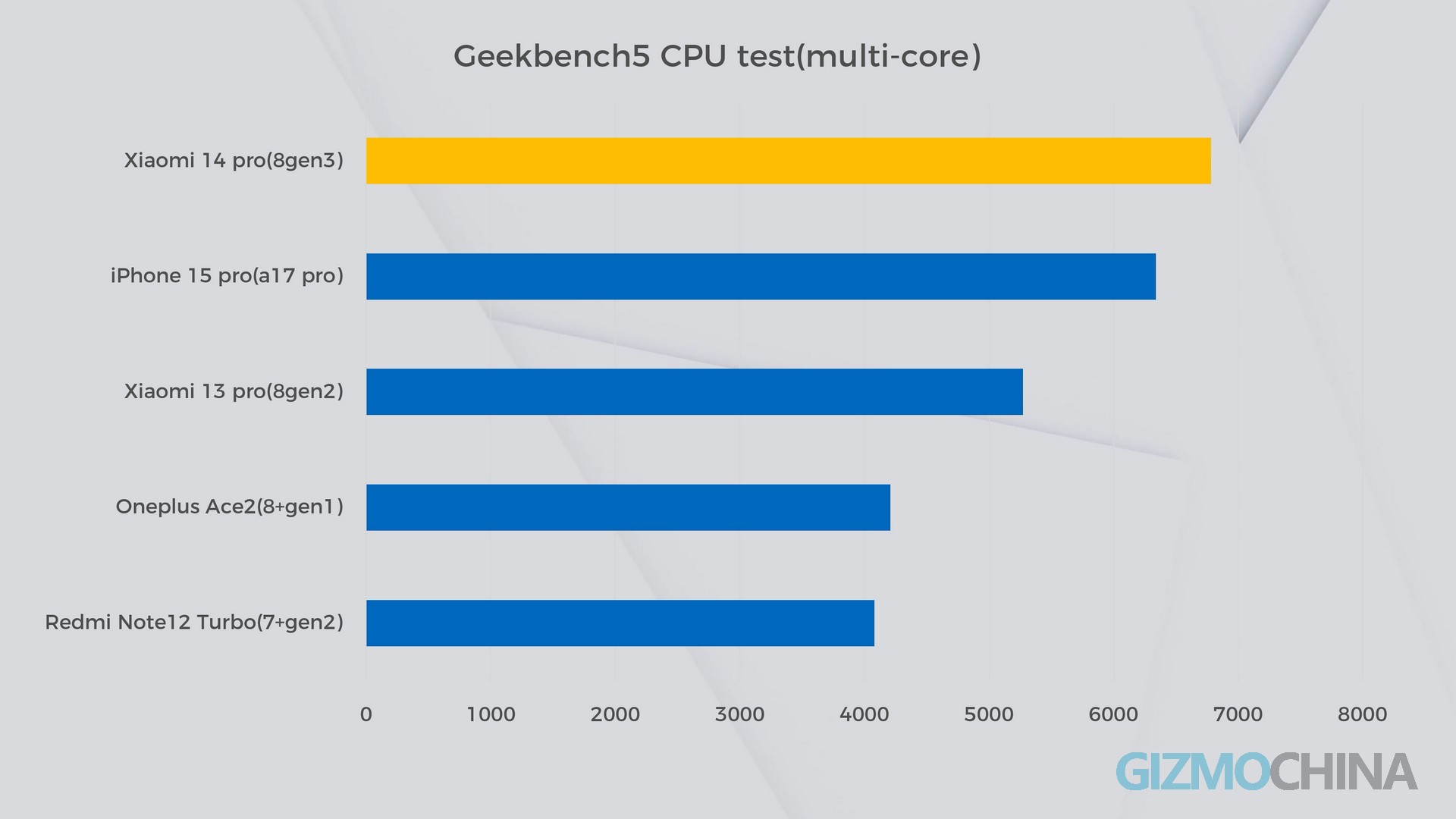
In terms of GPU performance, it’s safe to say that no SOC on any phone can match the performance of the 8 Gen 3. In the GPU benchmark, there’s still a 20% improvement compared to the 8 Gen 2.
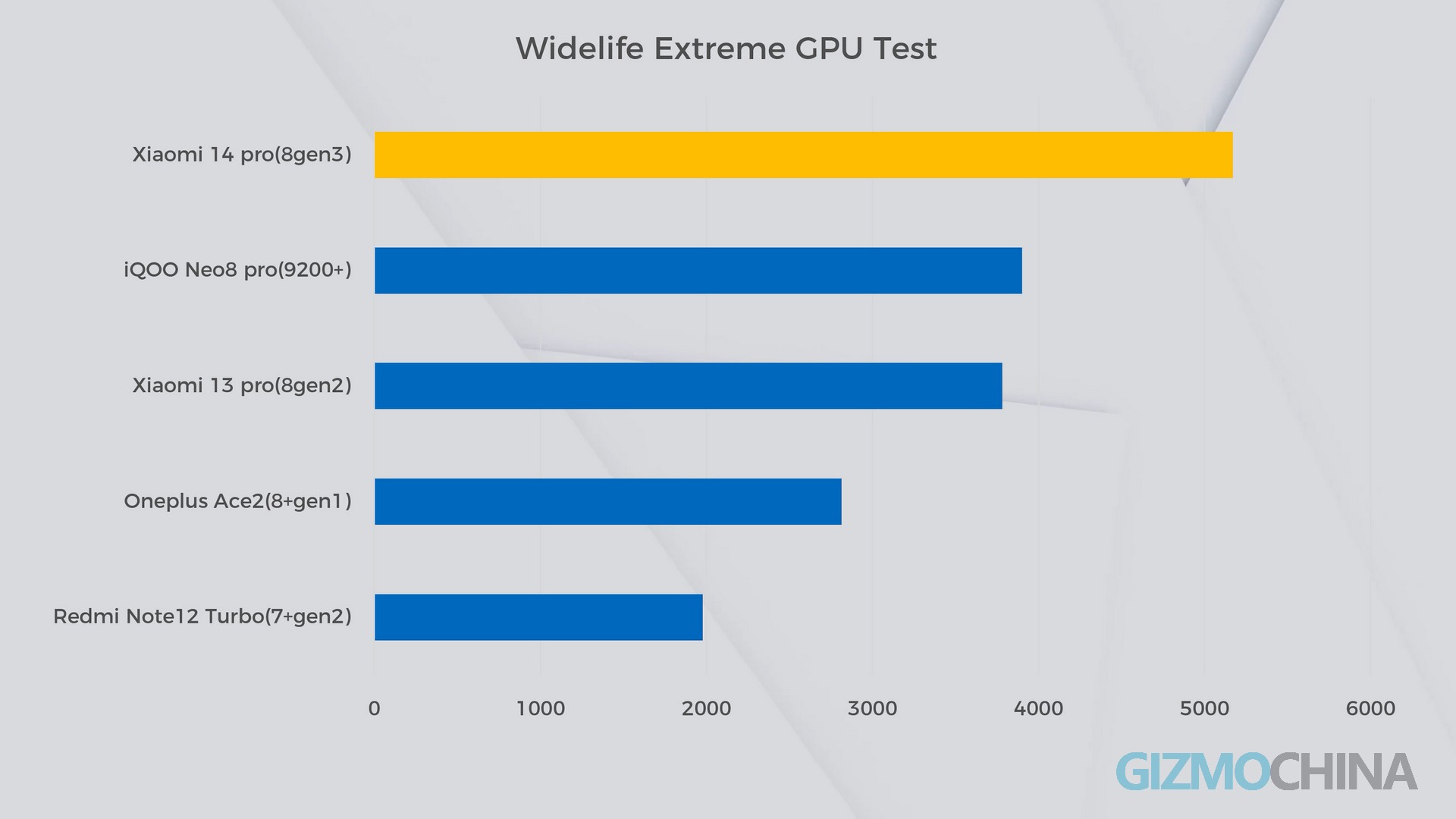
The 8 Gen 3 has a much better power consumption ratio, and in Genshin Impact, with the same resolution and very high graphic presets, 8 Gen 3 consumes less power compared to the 8 Gen 2.
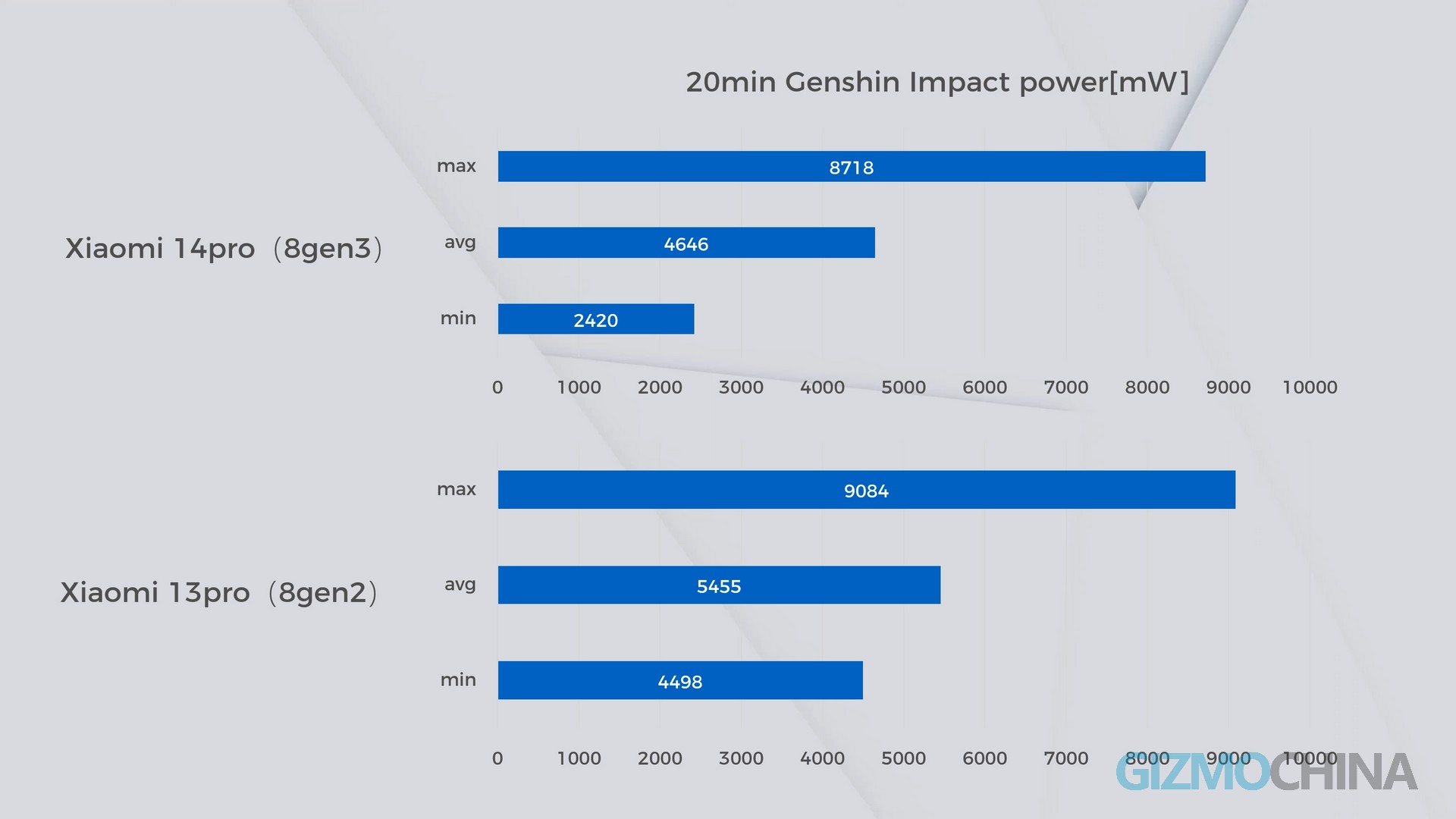
You wouldn’t believe that a phone’s GPU is already as powerful as the NVIDIA GTX 1050 Ti-Max-Q in your laptop. We’ve had enough of NVIDIA’s product strategy for a couple of years now, and I’m glad Qualcomm isn’t doing that.Good Job,Qualcomm.
Overall, I’m very happy with the performance improvements of 8 gen 3, which has a performance increase of about 20% in CPU and GPU than last gen, and a 15% reduction in power consumption. Qualcomm finally has the strongest soc on the market!
And the good news is that Qualcomm has the Nuvia chip design team now, there’s a good chance that this boost will keep going in Qualcomm’s next generation SOC.
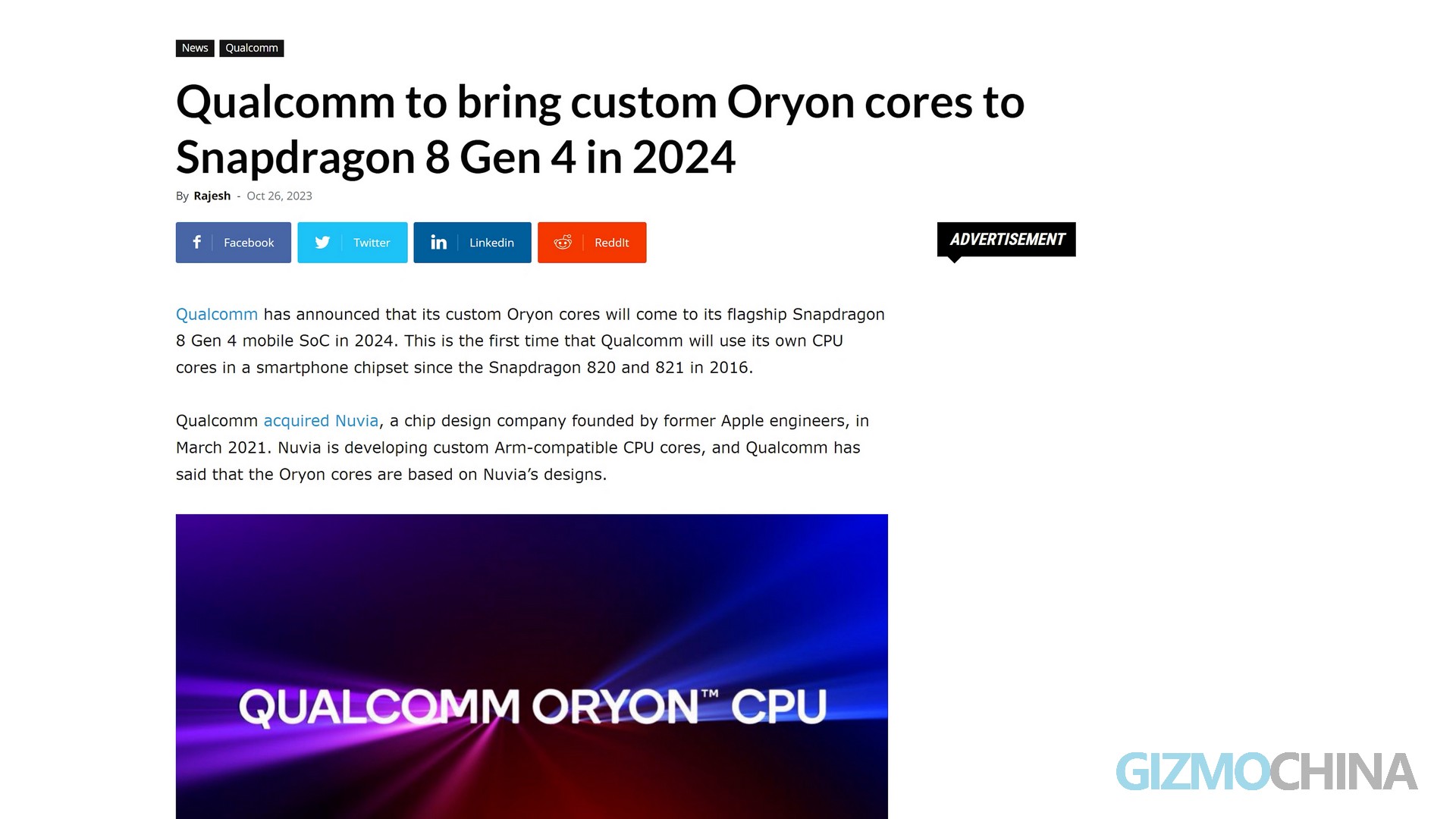
Camera
Comparing the camera hardware with Xiaomi 13 PRO, instead of using a Sony’s 1-inch sensor, Xiaomi 14 PRO uses a 1/1.31-inch sensor from Omnivision – The Light Hunter 900 – for its main camera sensor and pairs it with a large F1.4 aperture lens.
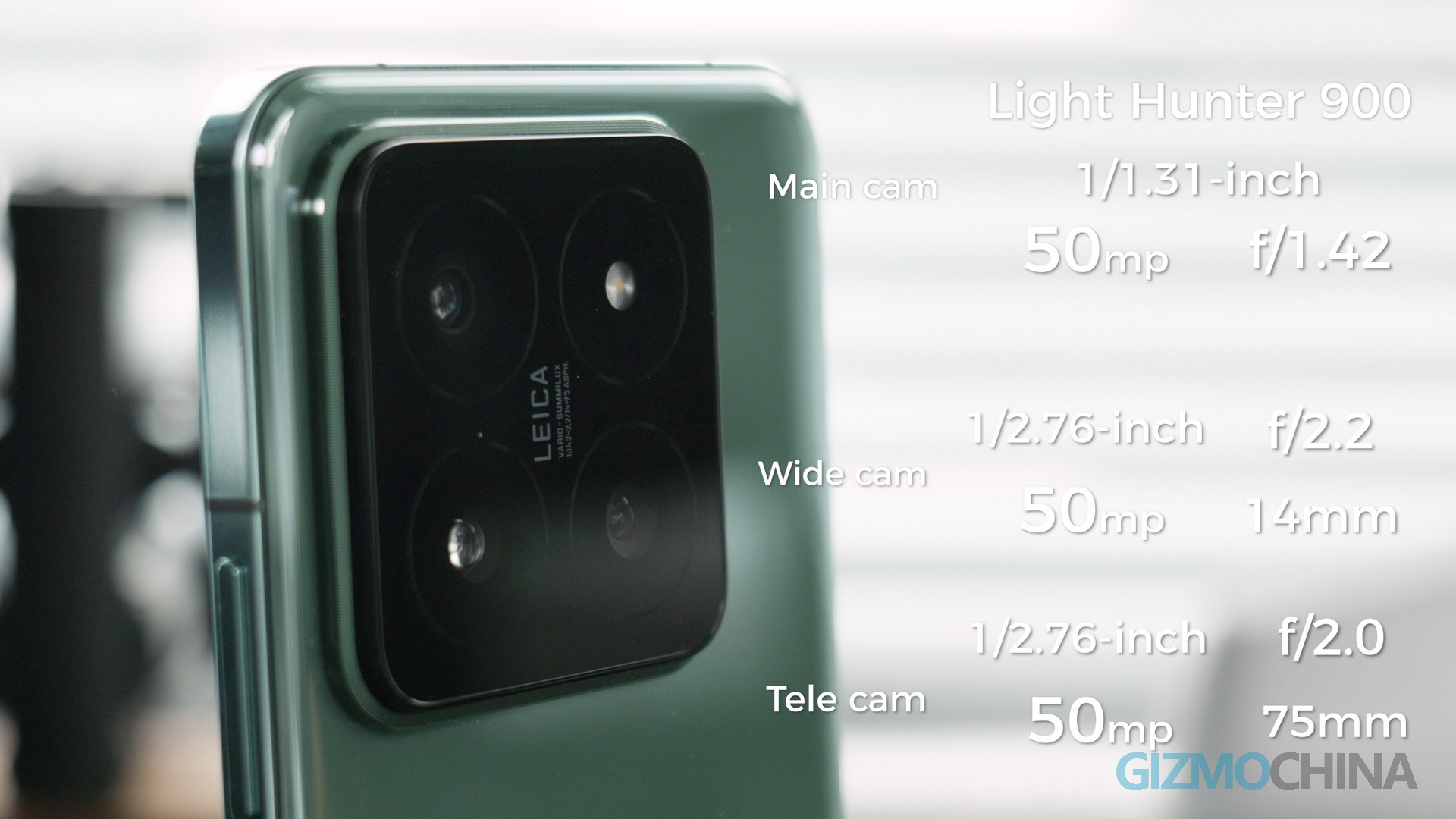
Seriously I was very curious to see how well the camera would perform, first of all here are some photos taken. (Photos) I really like Xiaomi’s Leica camera, most of us don’t need photos that retain a lot of information about highlights and shadows, all we want is good looking photos and I’m glad Xiaomi has done that.
Of course, I took some sample photos and compared them with the Xiaomi 13 pro and there is a very noticeable improvement.
In this picture taken with the light coming from the side, both the colors and the details of the trees in the photo are much better on Xiaomi 14 pro.
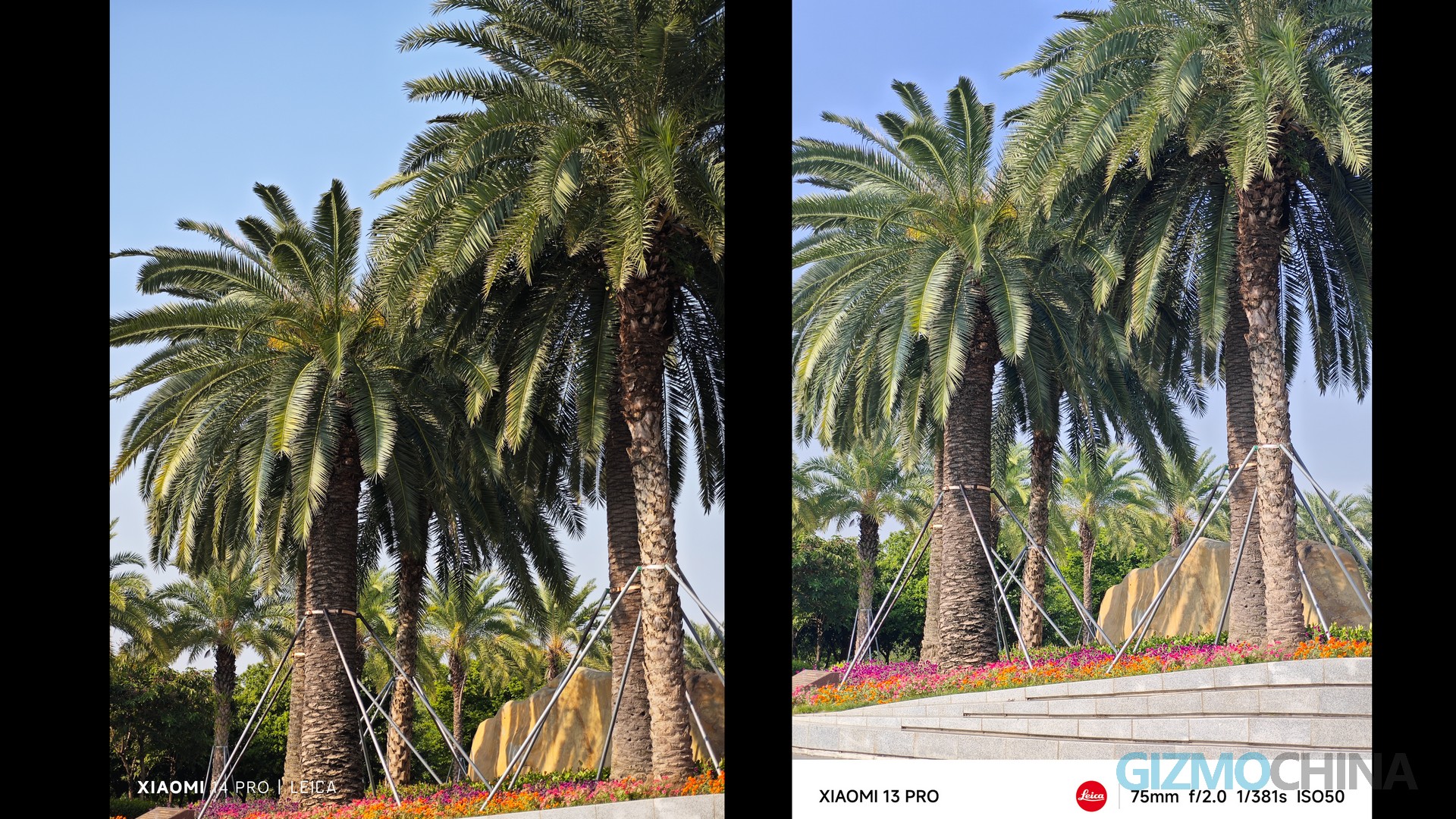
In this set of photos with backlit, the Xiaomi 13 pro’s image saturation level significantly reduced, and the Xiaomi 14 pro’s colors remain very satisfying.
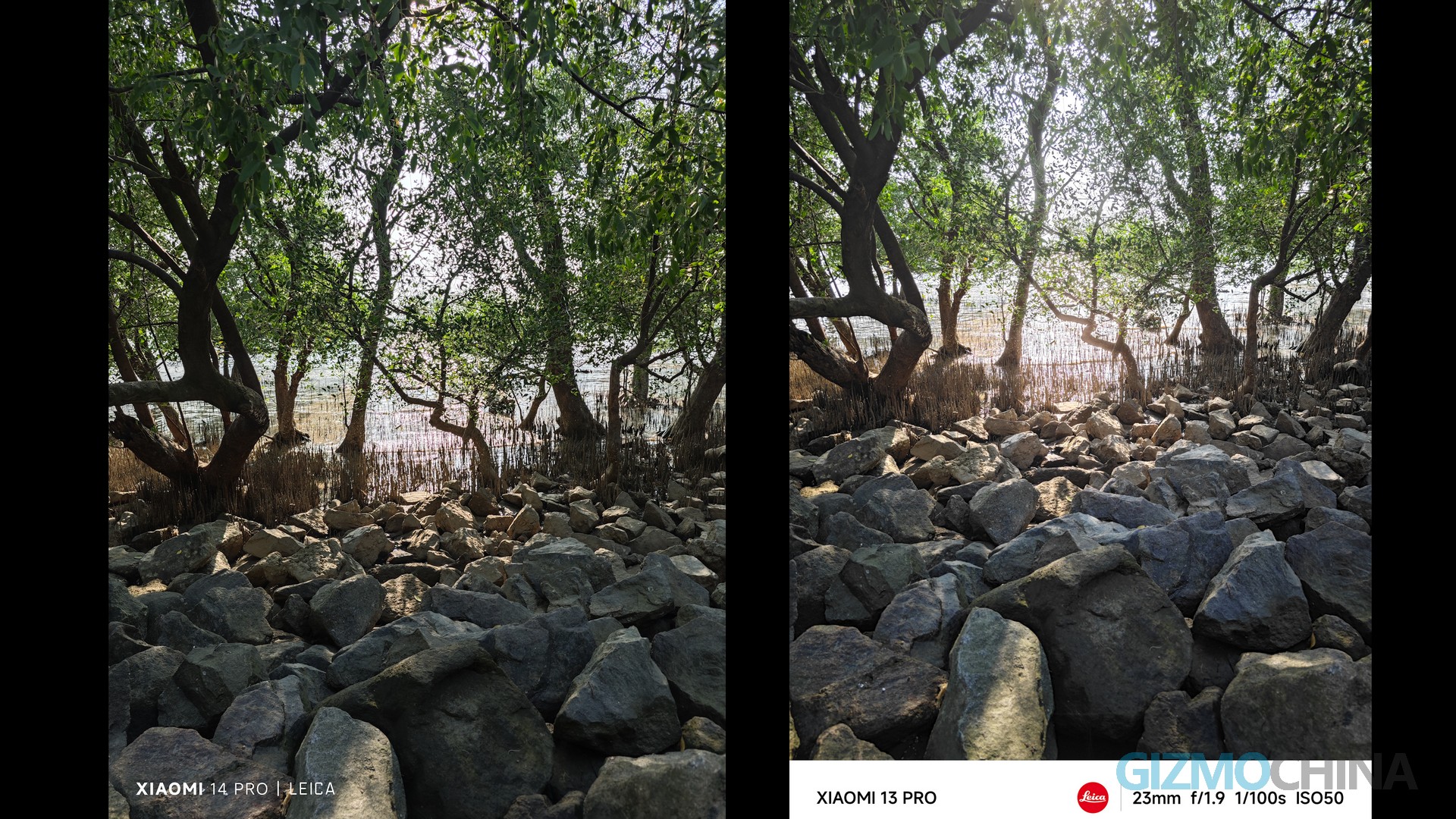
Similarly, in this set of sunset photos, the Xiaomi 14 pro’s sunset is more realistic, and the edge of sunset on Xiaomi 13 pro’s is overexposed.
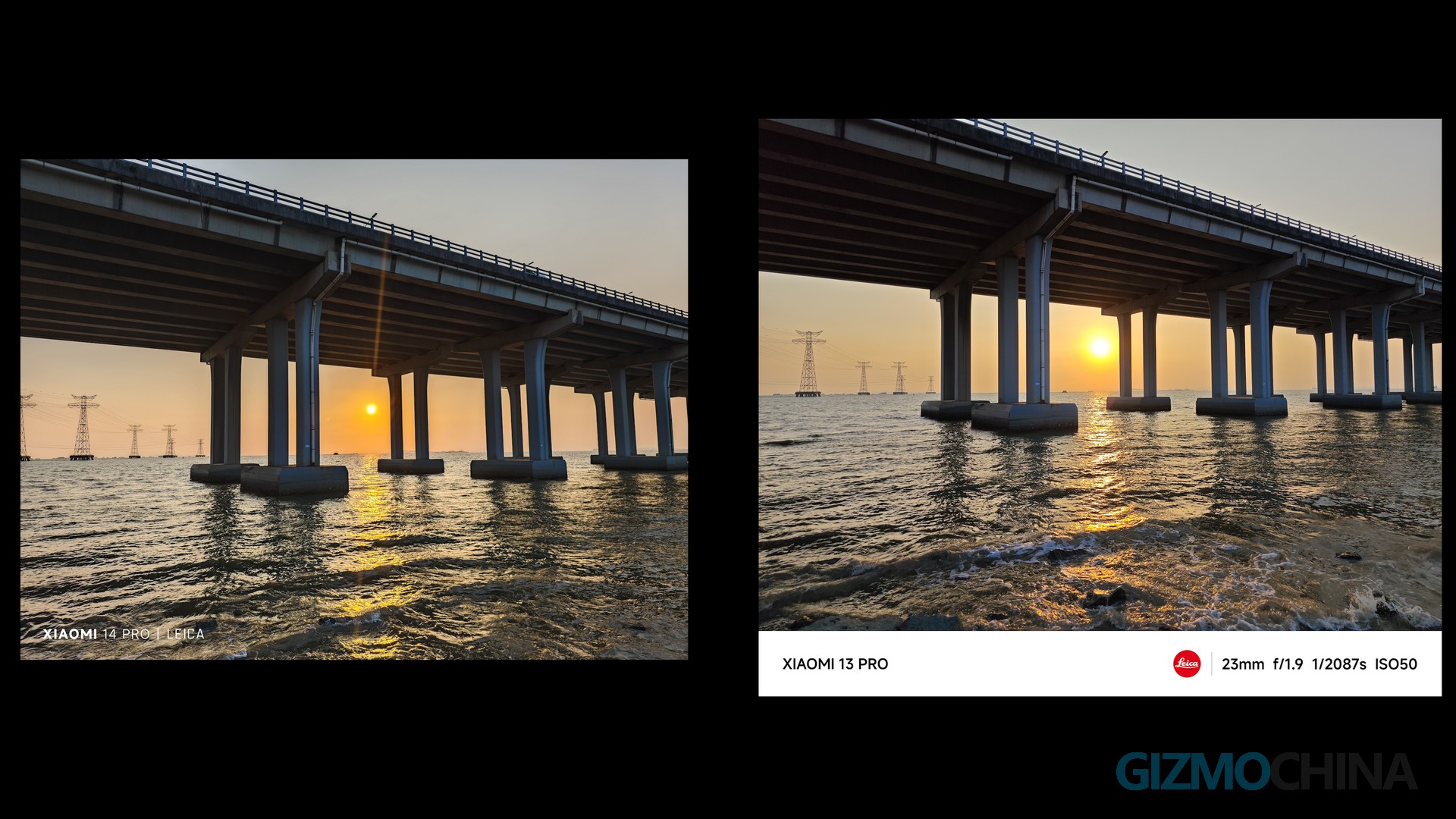
In dark light, the Xiaomi 14 pro was able to keep more detail than the Xiaomi 13pro’s. The large f1.4 aperture really makes up for the gap in sensor size, and the Xiaomi 14 pro supports variable aperture, which means there are more ways to play with it, such as narrowing the aperture, to achieve this effect.
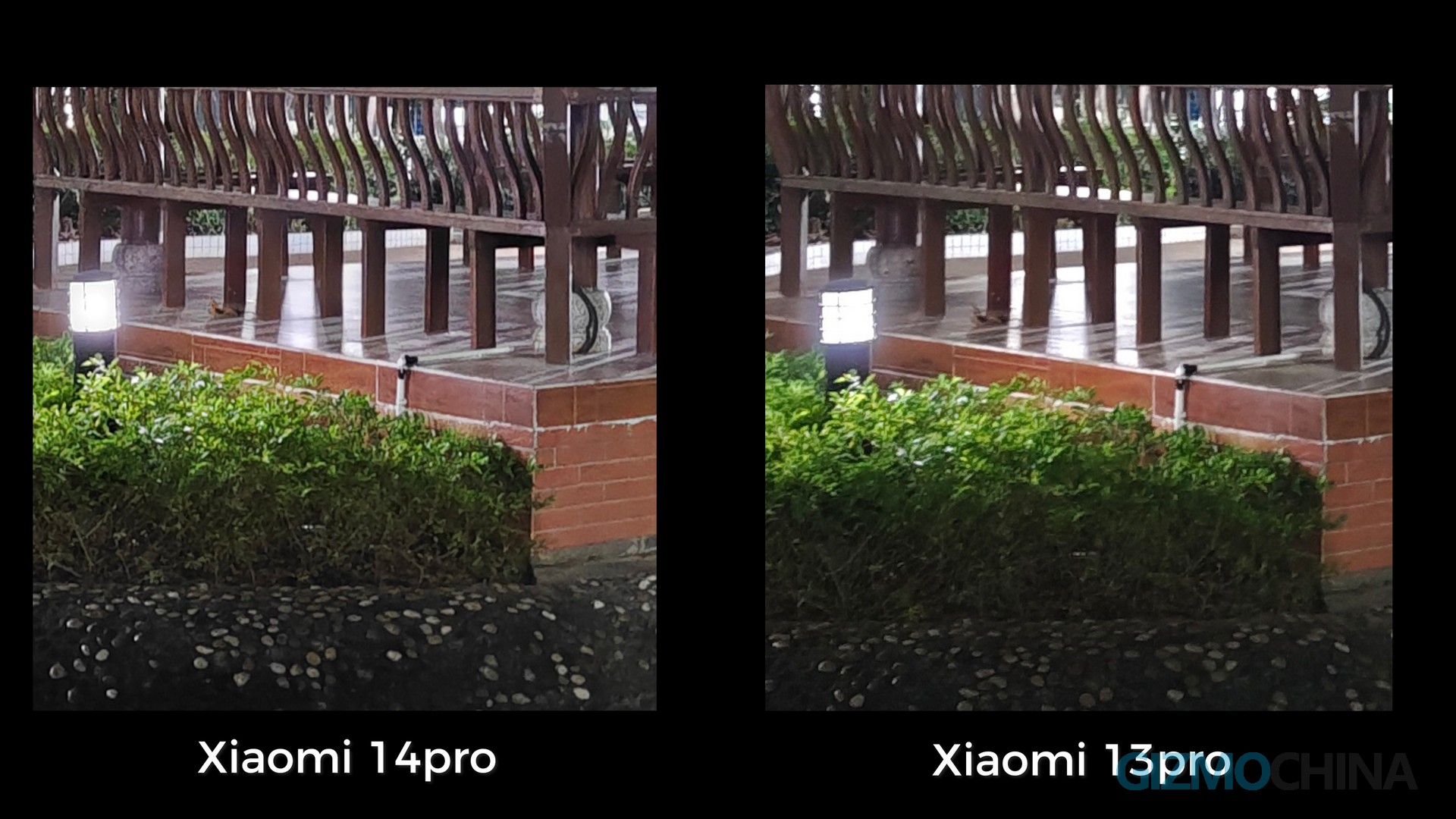
Compared to the Xiaomi 14, which uses the same sensor, the large f1.4 aperture allows for photos with a softer background bokeh, as well as higher quality photos in darker light conditions.
In terms of shooting experience, the image is only 30fps on the Xiaomi 14pro’s camera, but 60fps when using the 13pro, which is very strange.
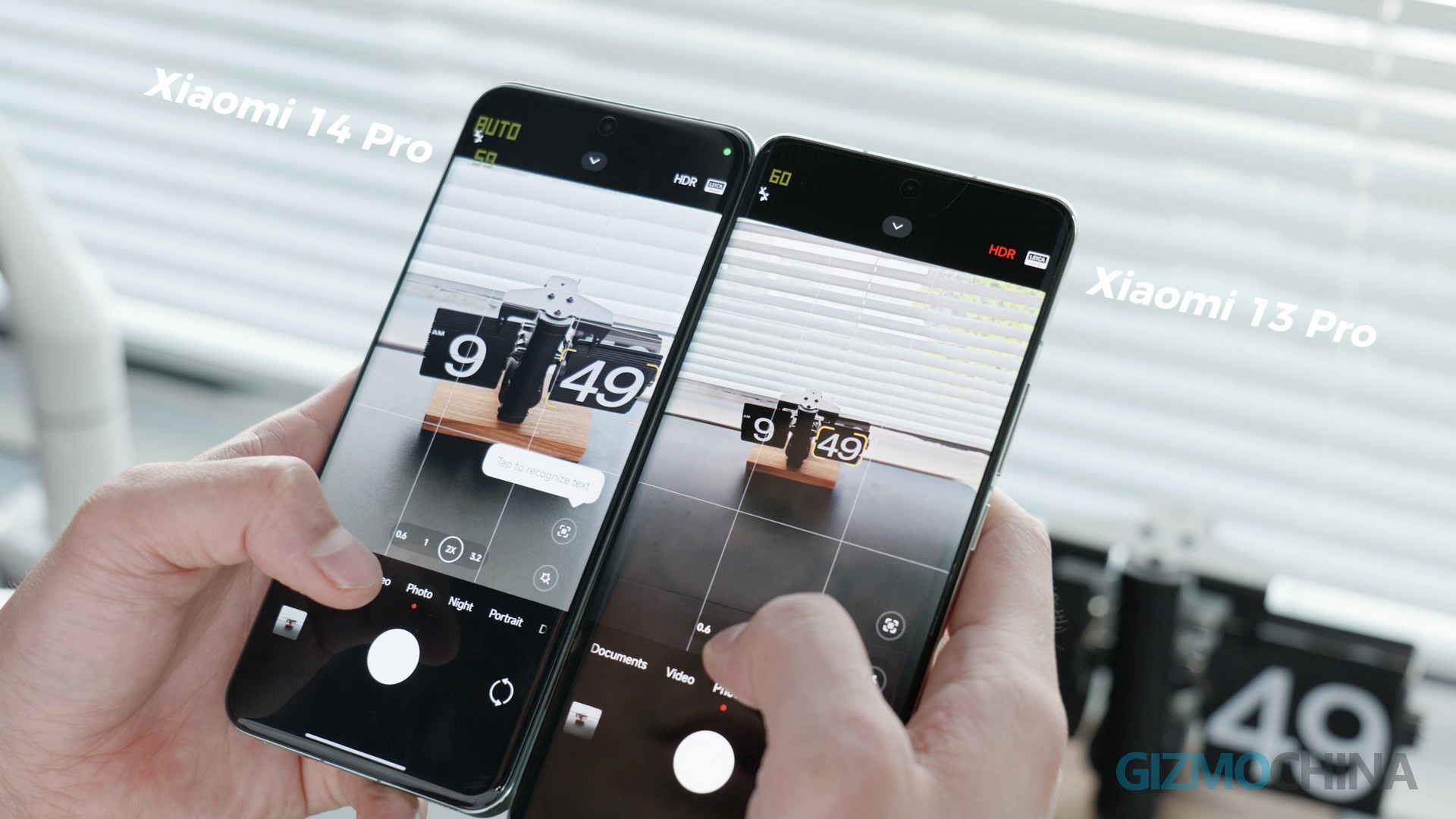
Lastly, when it comes to telephoto lenses, the Xiaomi 14 and 14 pro have focal length of 2.6x and 2.9x respectively, which means that the Xiaomi 14 pro is closer to the native focal length and has a better image quality when also shooting with 3.2x.
Overall, I’m very happy with the camera enhancements of the Xiaomi 14pro, and in addition to the powerful hardware, the Leica imaging makes it easy for me to have good colorful photos.
Screen
The Xiaomi 14 pro uses a 6.73-inch micro-curved screen with a panel from TCL’s latest C8 with a resolution of 3200×1440.
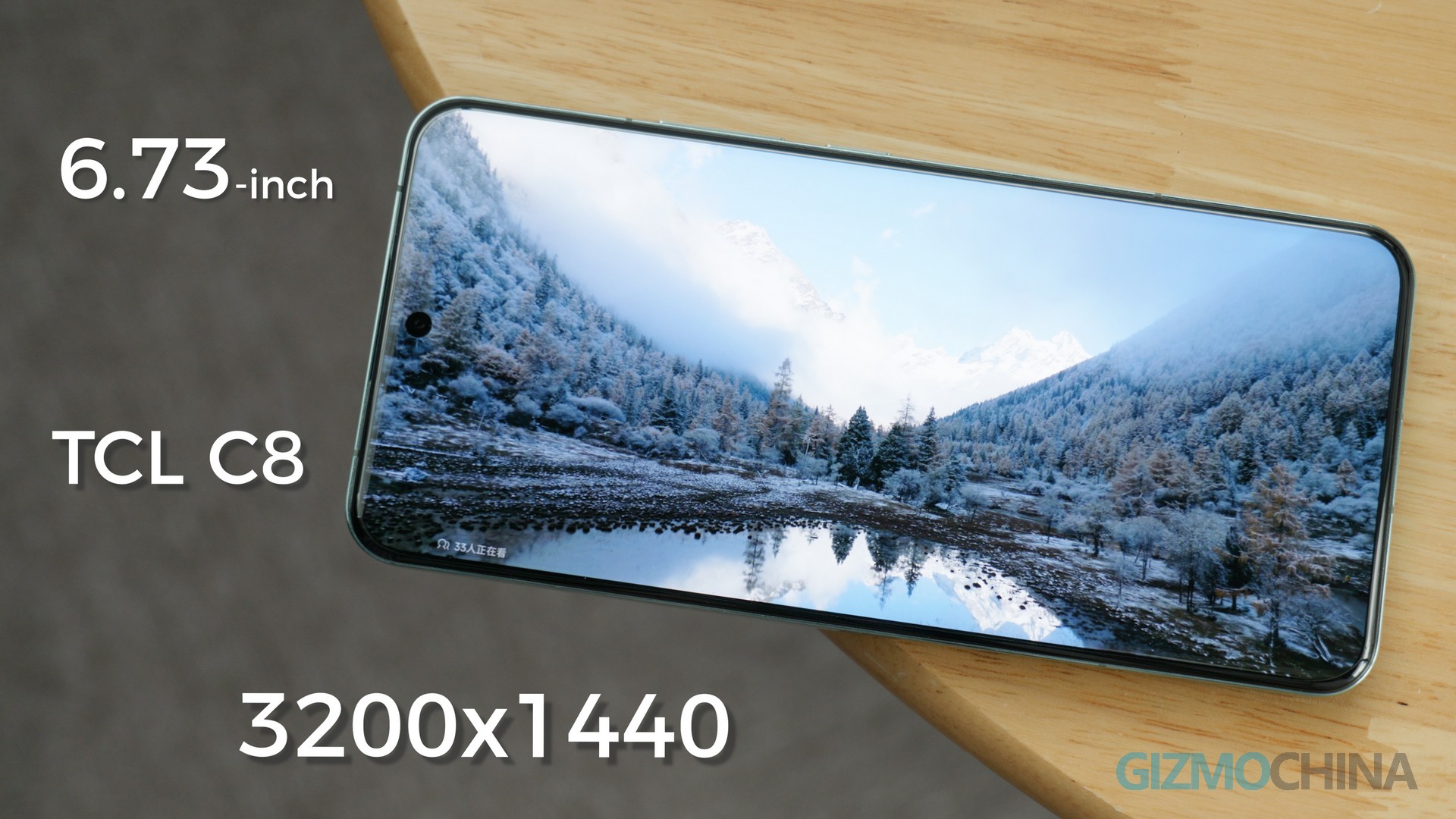
When you first get the phone, it defaults to an FHD+ resolution, and you need to manually turn on the highest resolution. In terms of screen clarity, the Xiaomi 14 pro can satisfy everyone, it is clear and sharp enough even with FHD+ resolution. The manual brightness is 500nit, 1000nit in strong light. Under high brightness it is DC dimming mode, high-frequency PWM dimming in low brightness.
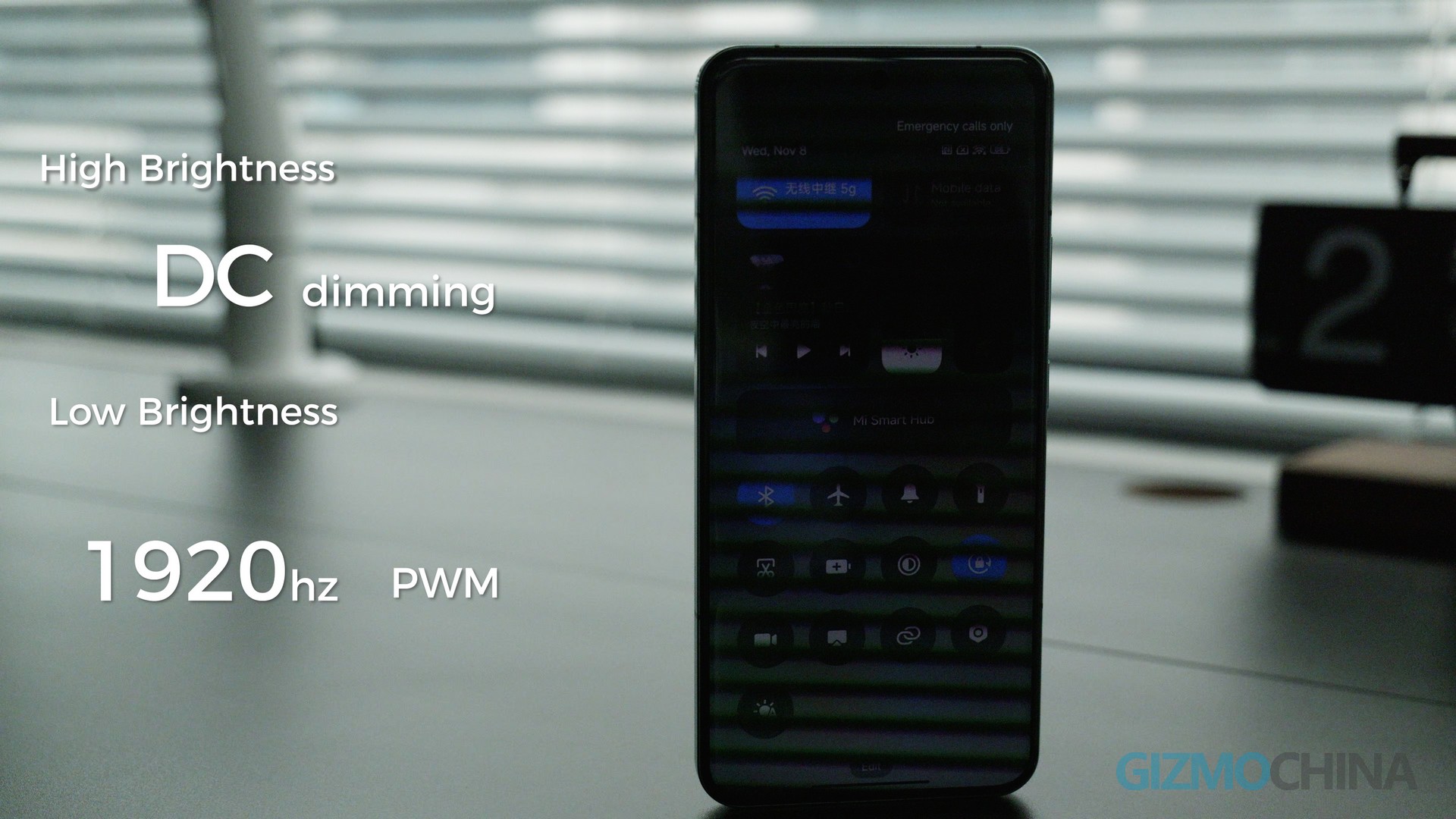
Unlike the Xiaomi 14, full DC dimming is not available on the Xiaomi 14 pro. But that doesn’t mean the Xiaomi 14pro’s screen isn’t as good as the Xiaomi 14, in my experience, I think the Xiaomi 14pro’s screen is better than the Xiaomi 14 all around.
I have to say that when it comes to watching videos, the Xiaomi 14pro does offer a better experience.
Lastly, the slightly curved glass design on all sides results in some shadows on the edges of the screen, this is due to the nature of the curved glass and it is difficult to notice during normal use.
HyperOS
In recent days of simple use, HyperOS is indeed smoother than MIUI14,the animations remain at 120fps almost the entire time, while the performance of the 13pro with MIUI14 is slightly worse. Moreover, HyperOS has reset the icons, and it’s hard to notice the difference without comparing it. a more detailed comparison between HyperOS and MIUI will be in a separate video, which we still need some time to complete.
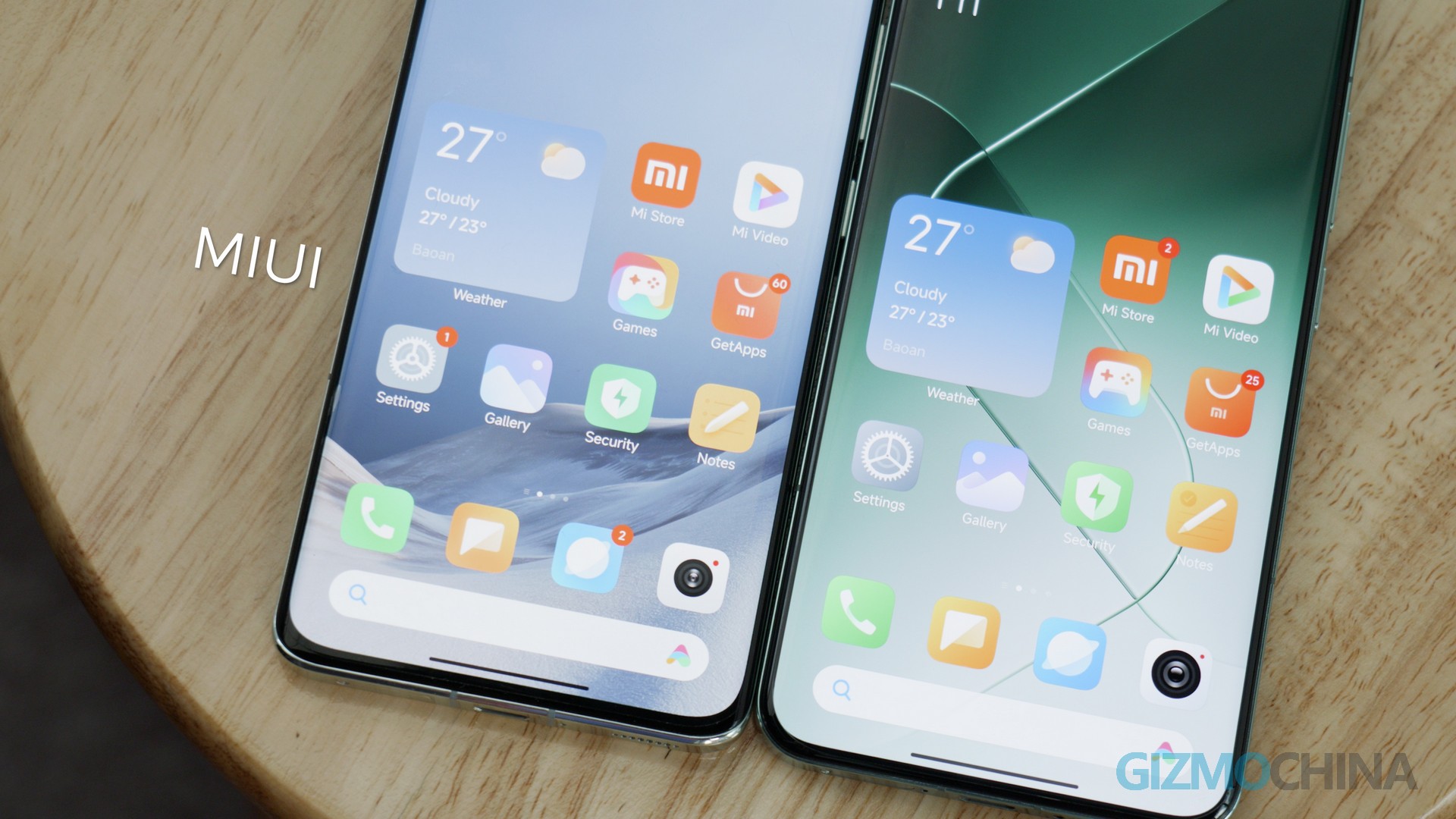
Battery & Charging
Xiaomi 14pro uses a 4880mAh battery with a separate cell, which is considered very good in terms of daily use, 20 minutes of Genshin Impact takes 9%, 30 minutes of 1080P video playback takes 4% and 4% in 30 minutes of tiktok, which is excellent among flagship phones.Meanwhile.
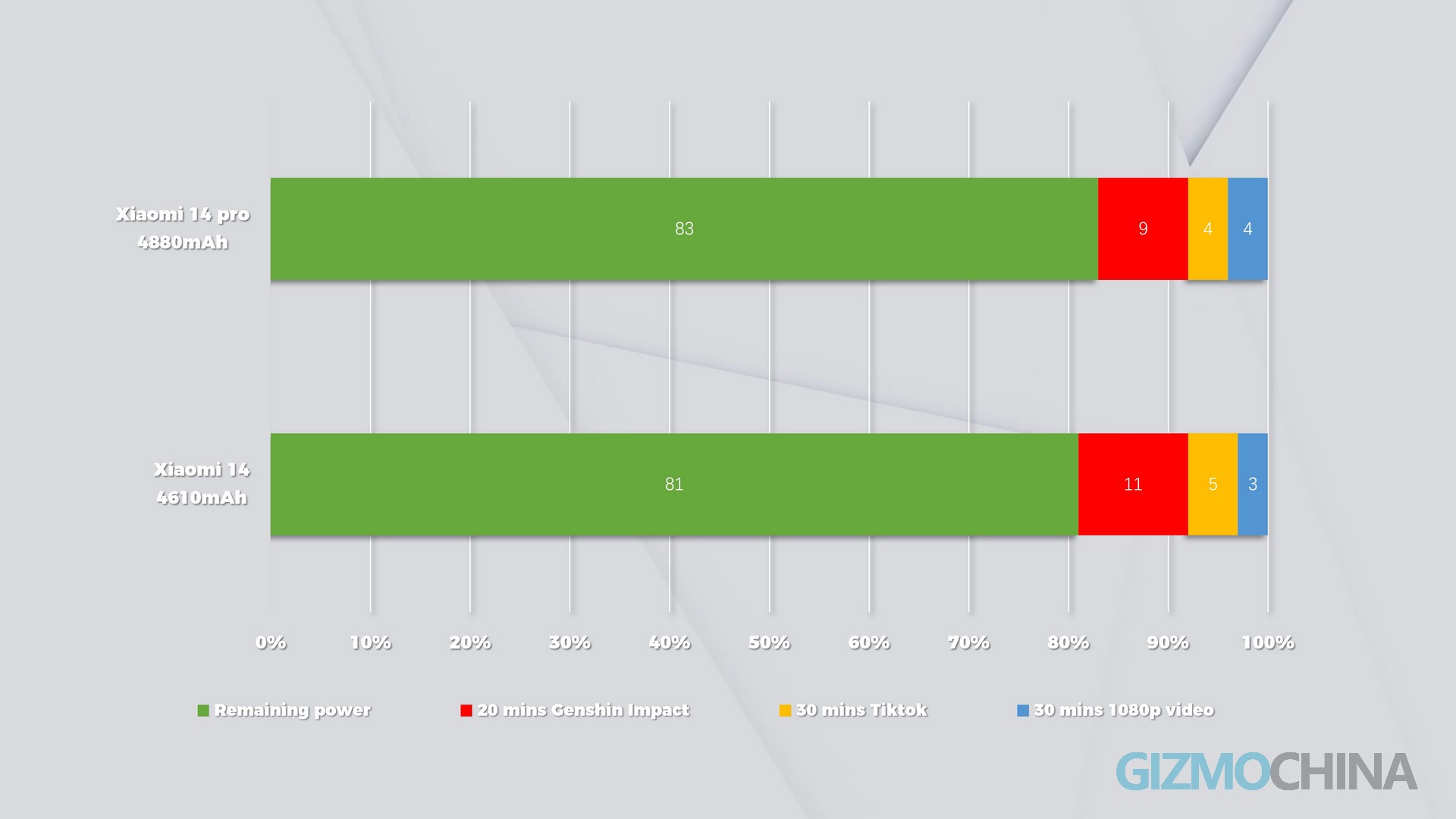
the charging performance is also very good, with a 120W GaN charger, it takes just 25 minutes to fully charge the phone. Many people may not have used such high charging power, the experience is outstanding, even if you forget to charge the phone before going to bed at night, the time you take washing up can have the phone juiced up again. Simply put, “waiting for my phone to be fully charged” has been removed from my life.
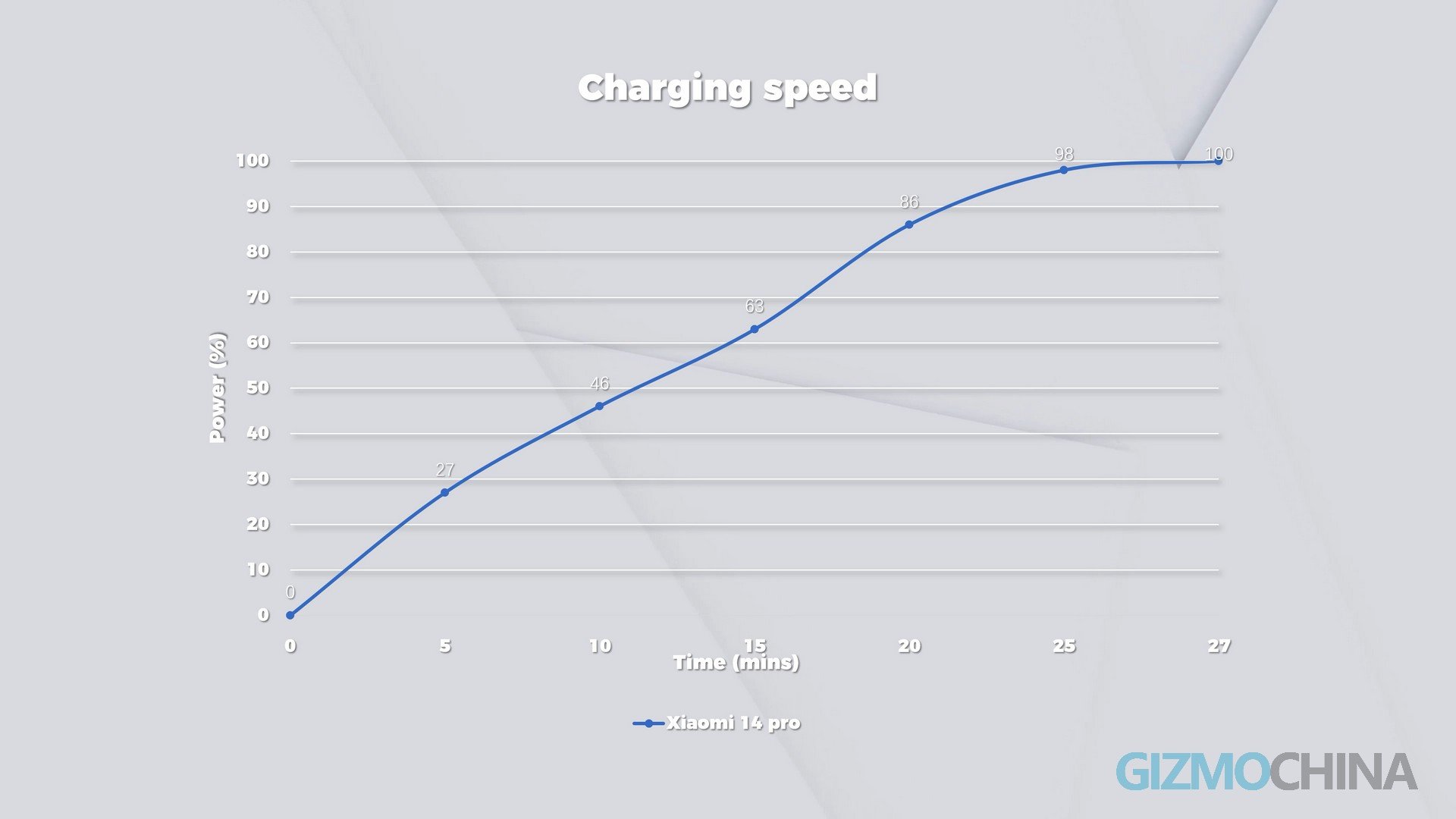
Speaker
In terms of speakers, both the 14 and 14pro are pretty good, there is not much difference between the two, with the 14pro being slightly better. One more thing, the Xiaomi 14pro has a better linear motor!
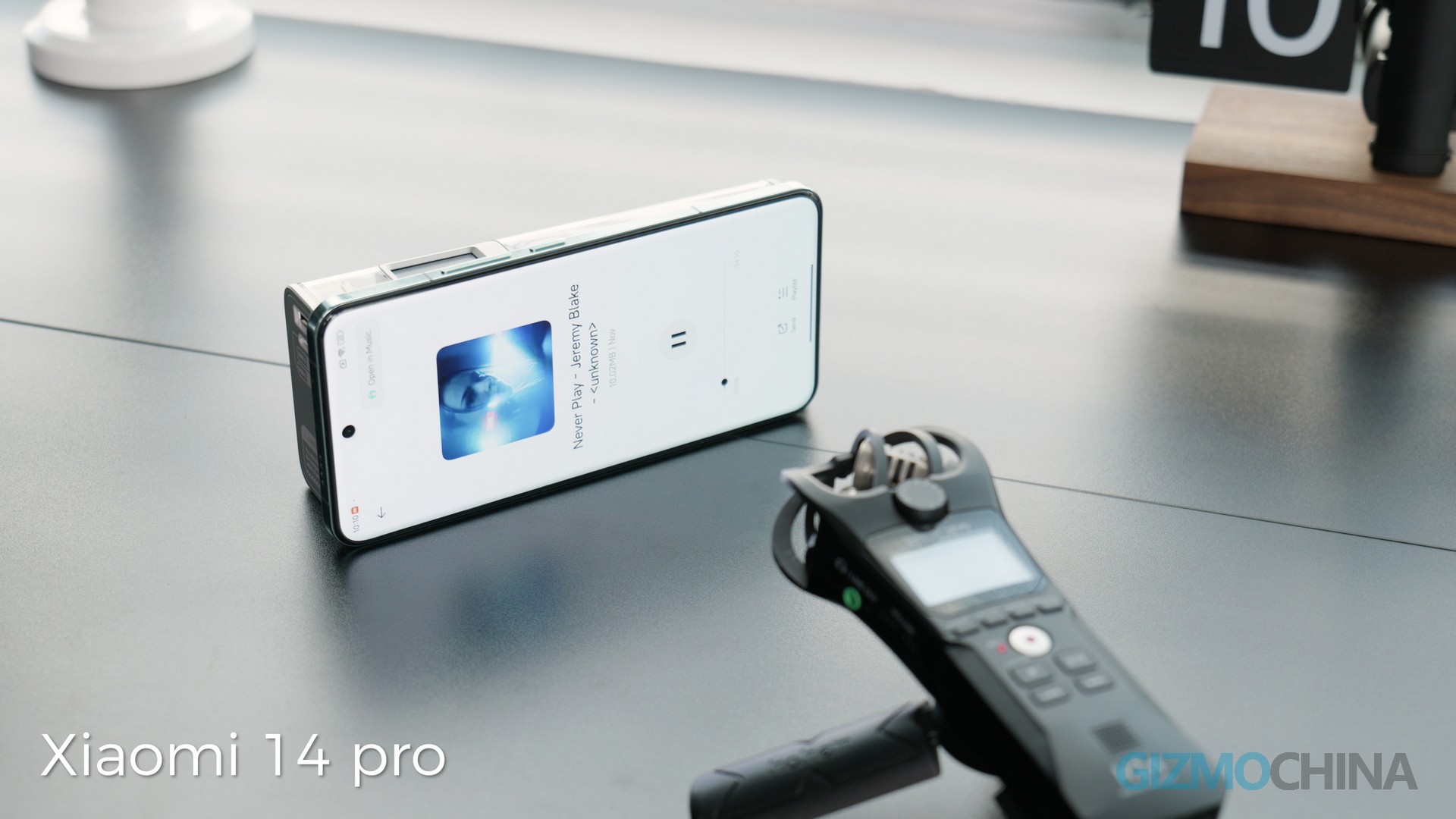
User experience
With the time I’ve been using the Xiaomi 14pro, I must say that the Xiaomi 14pro does fulfill all my fantasies of a flagship phone, it’s excellent in every aspect, with no obvious shortcomings. MIUI, which most people complained about before, has also changed, and I’m very happy to see Xiaomi making such changes.

